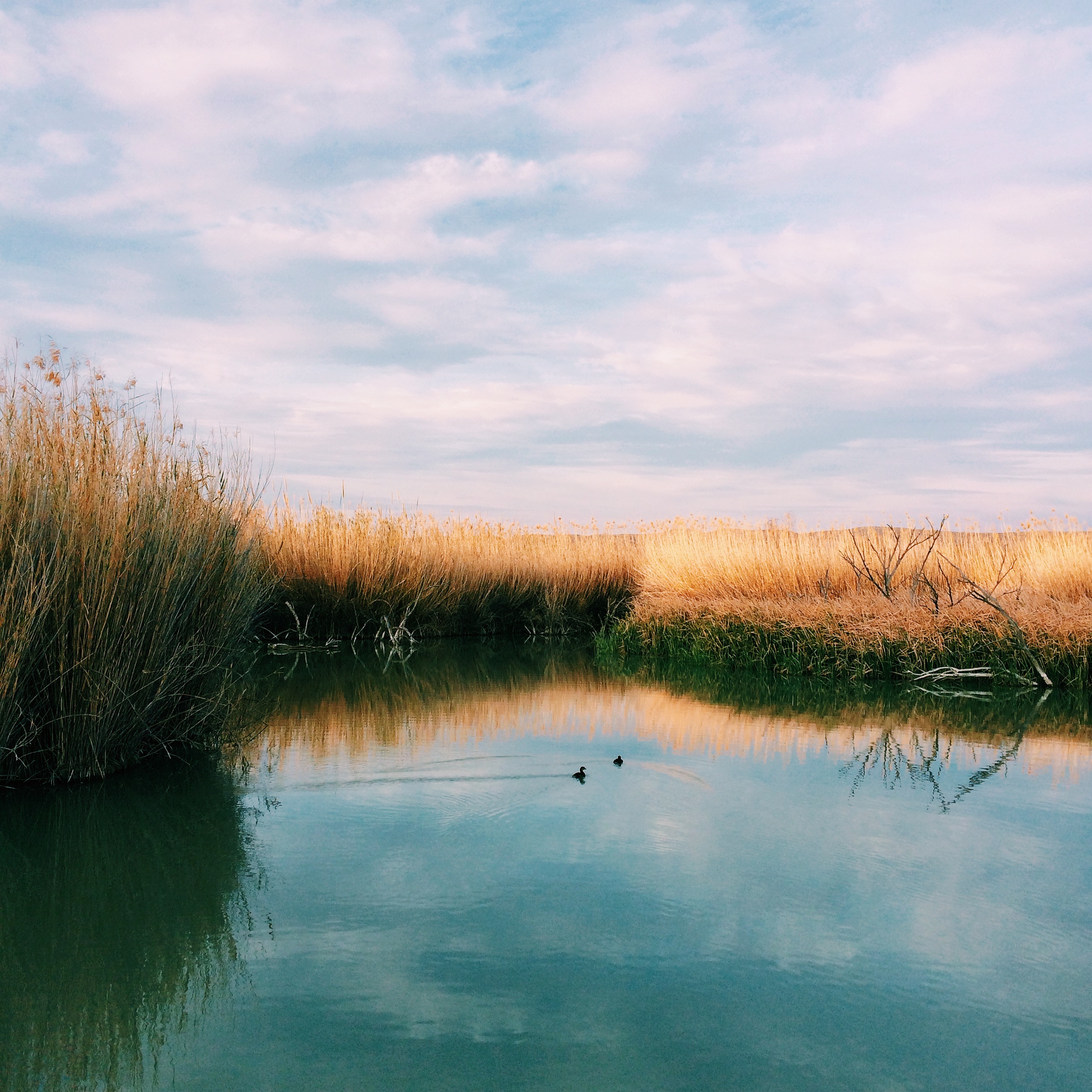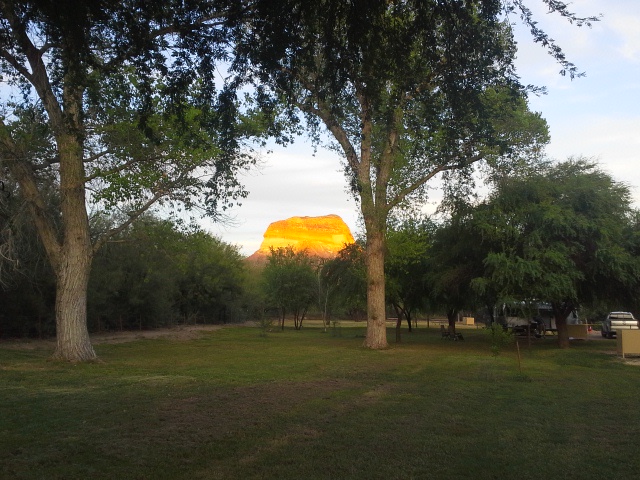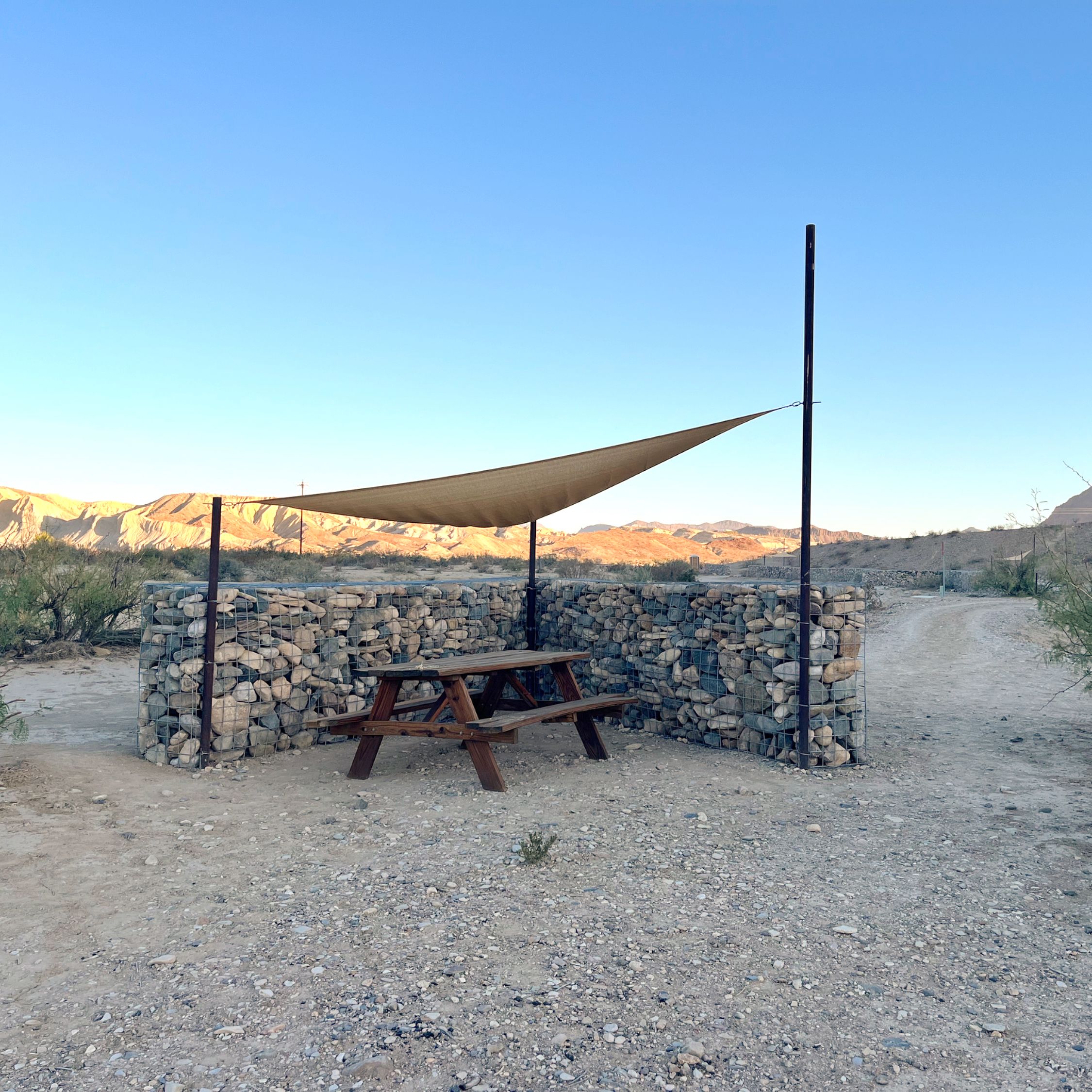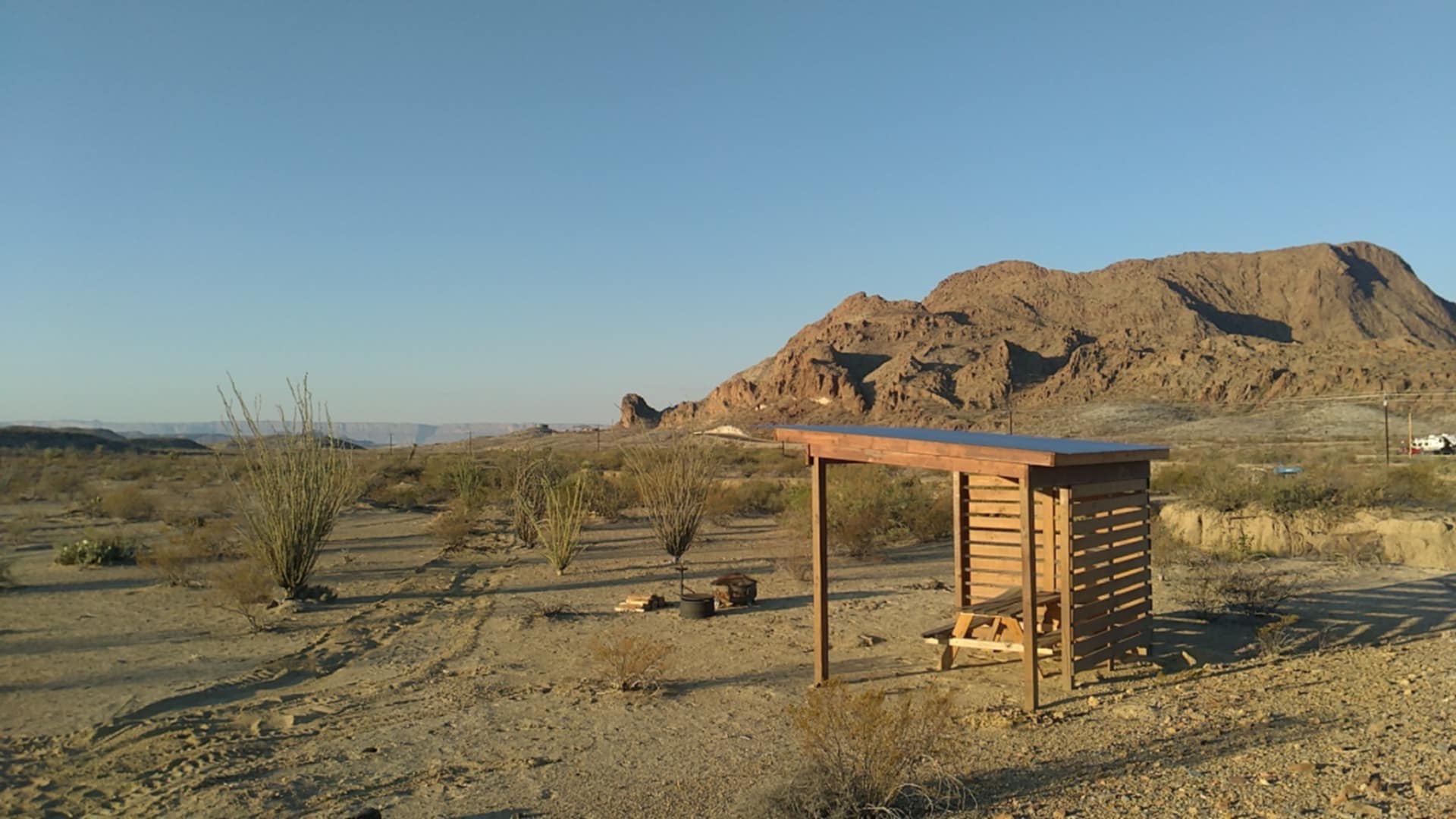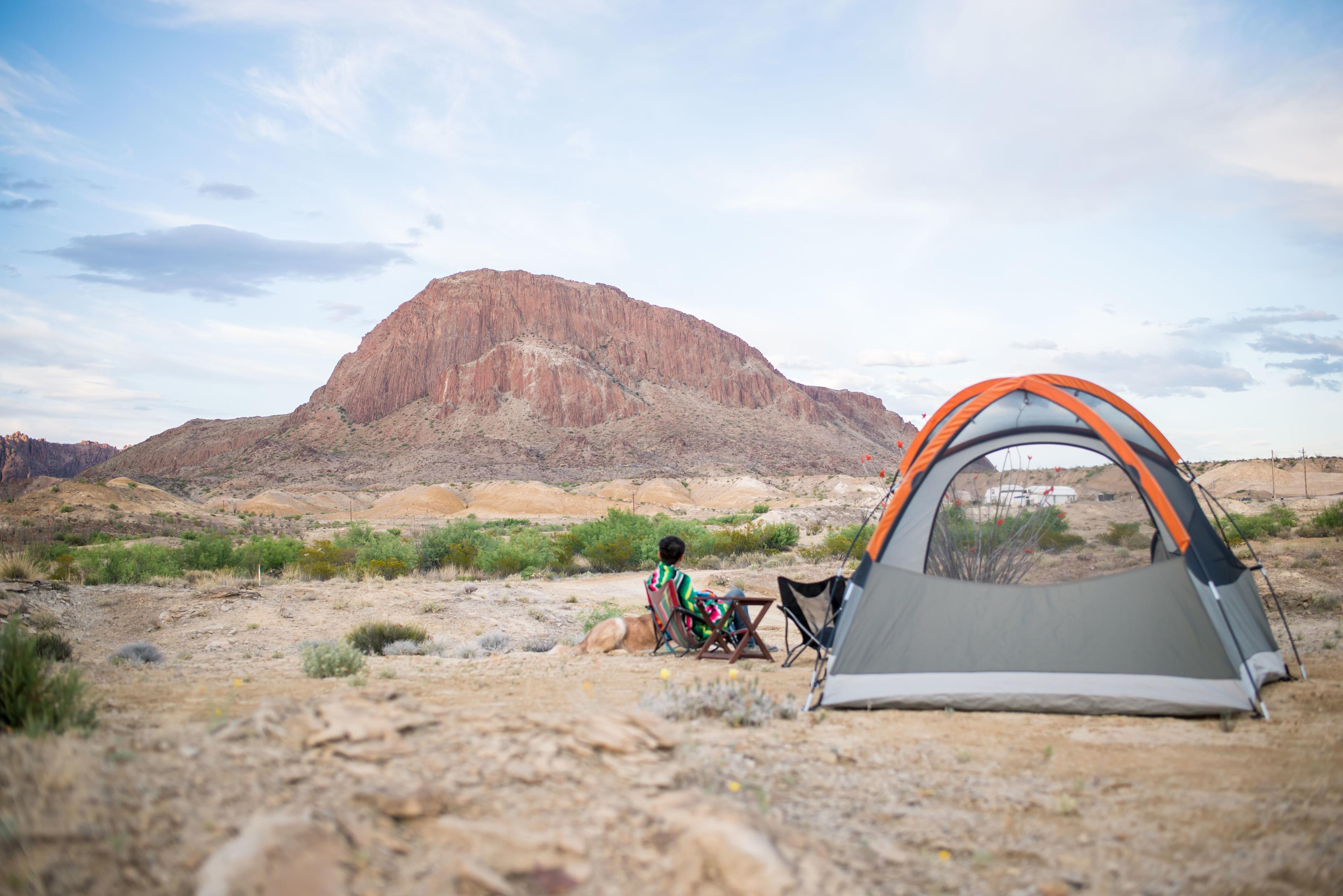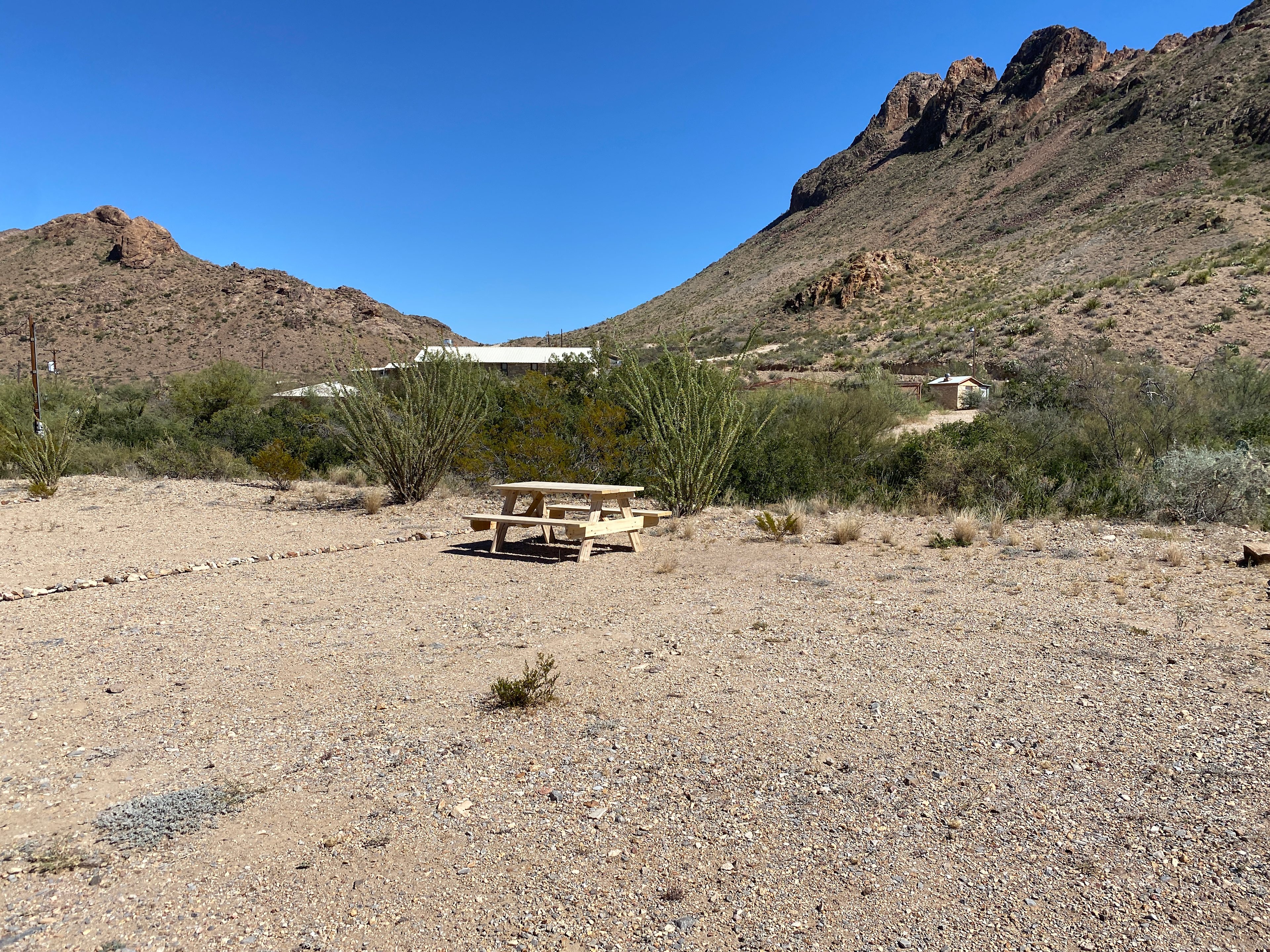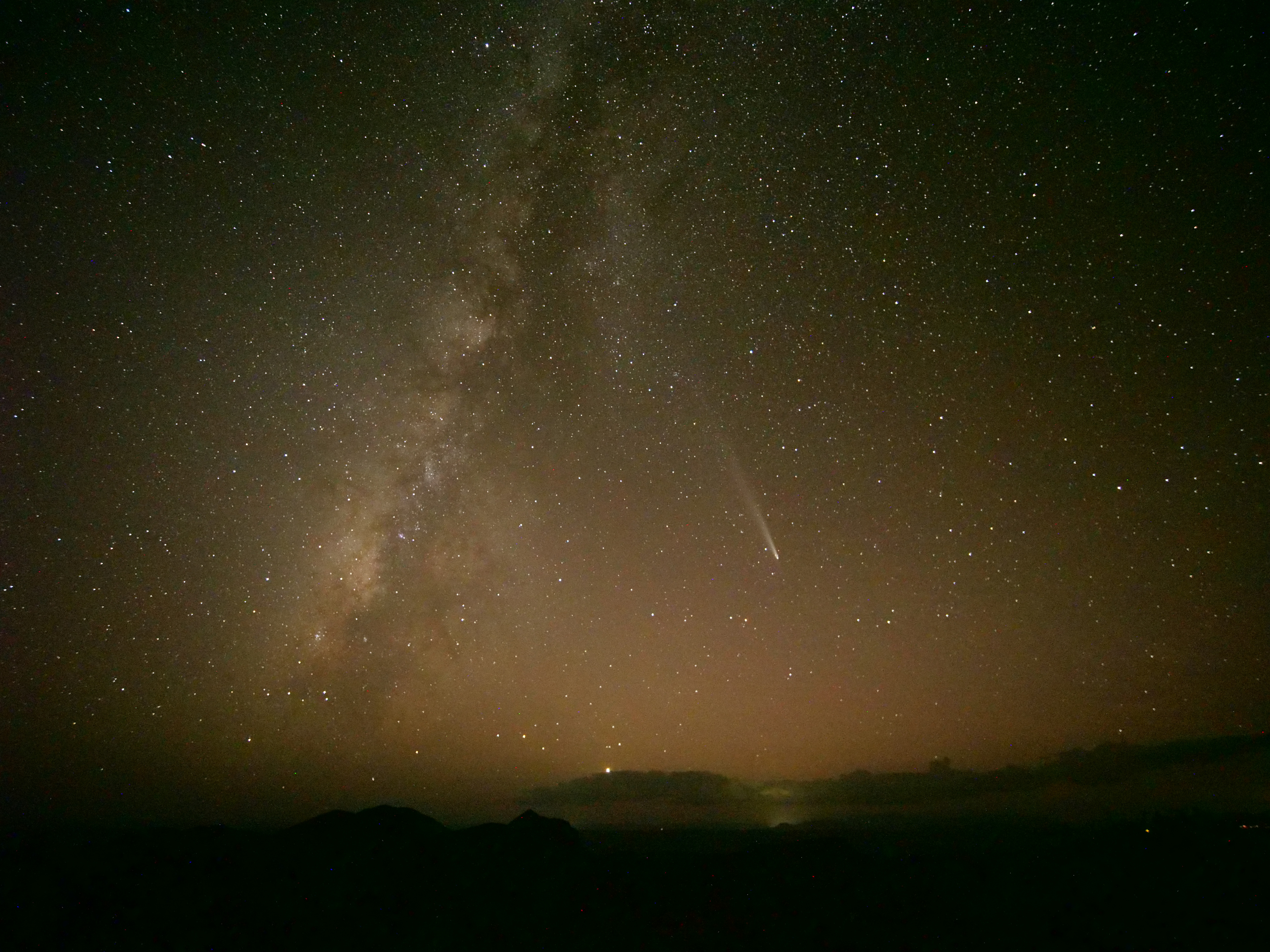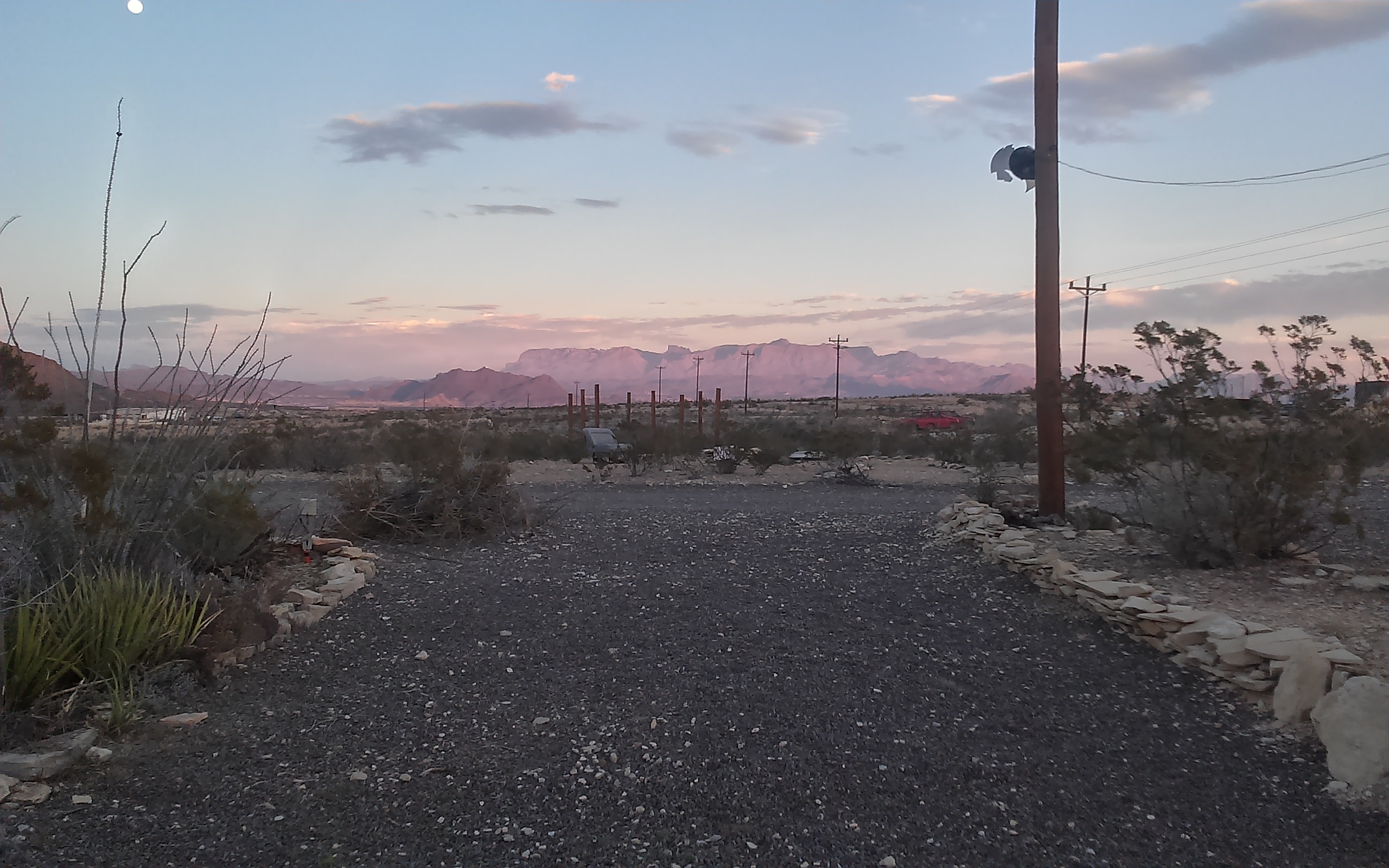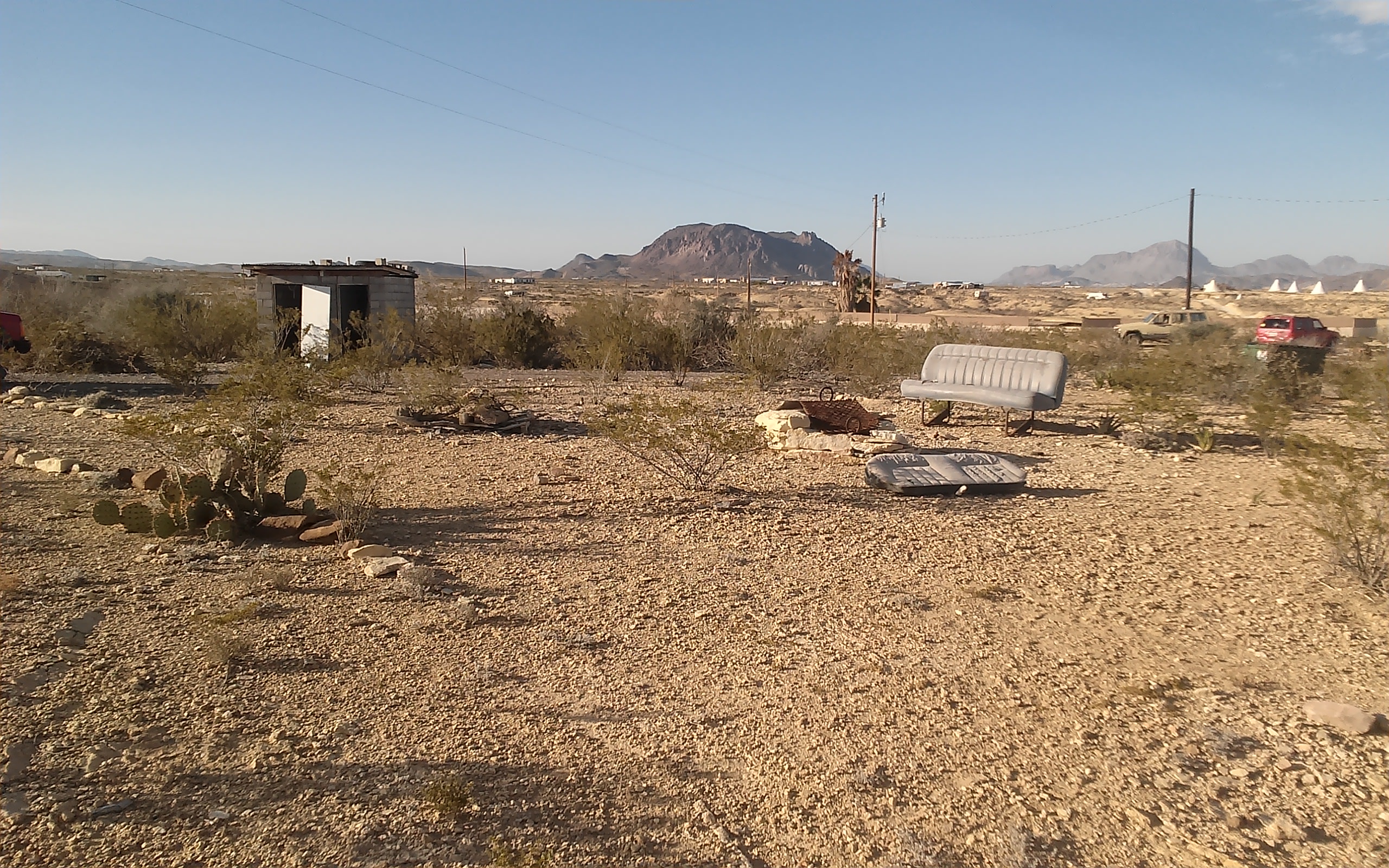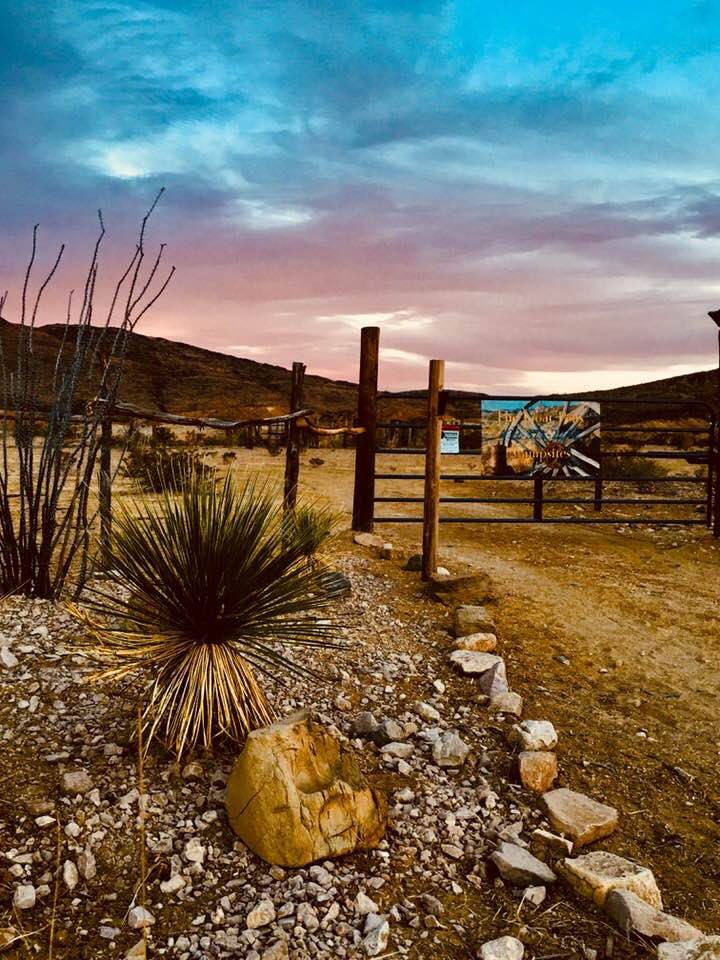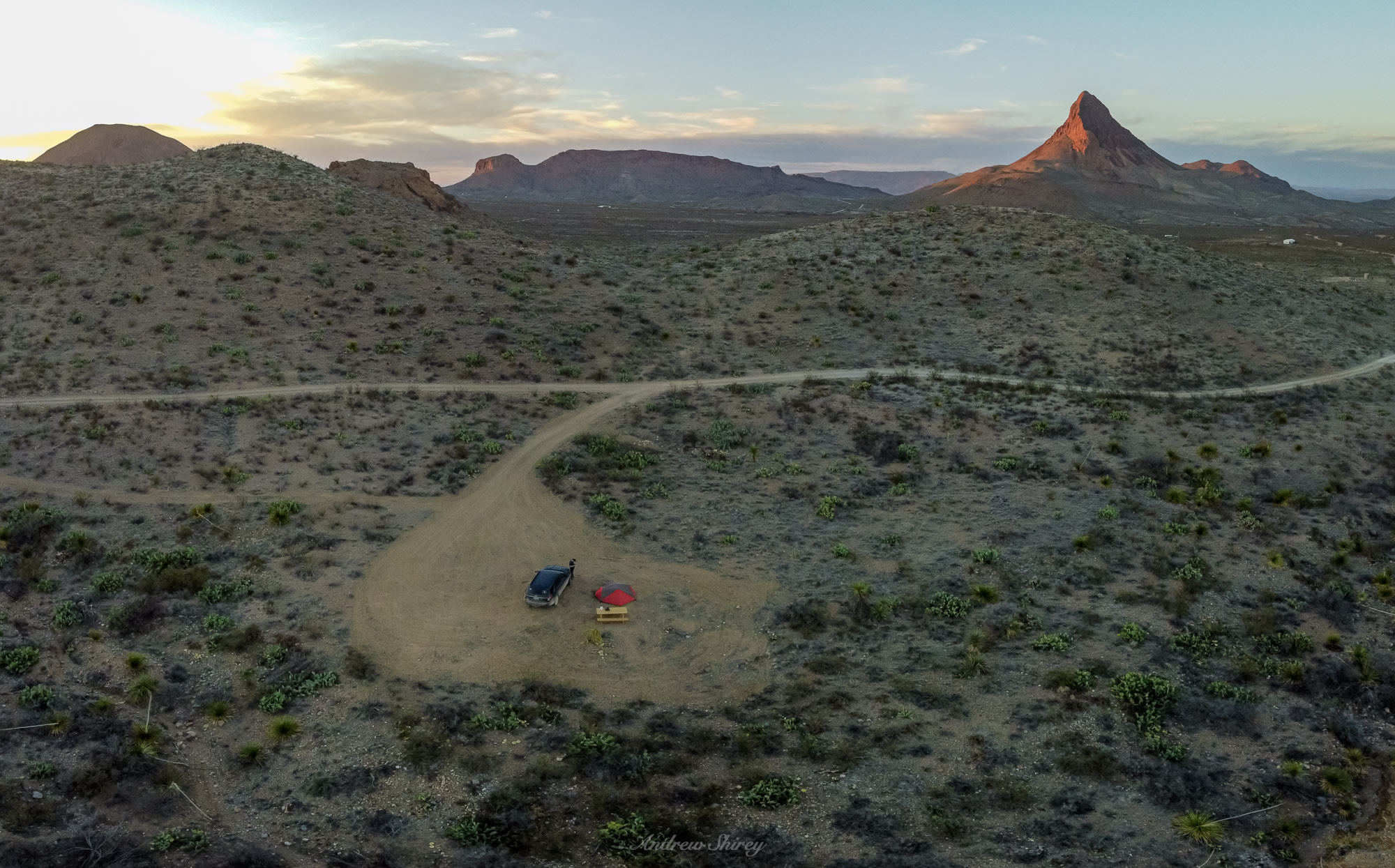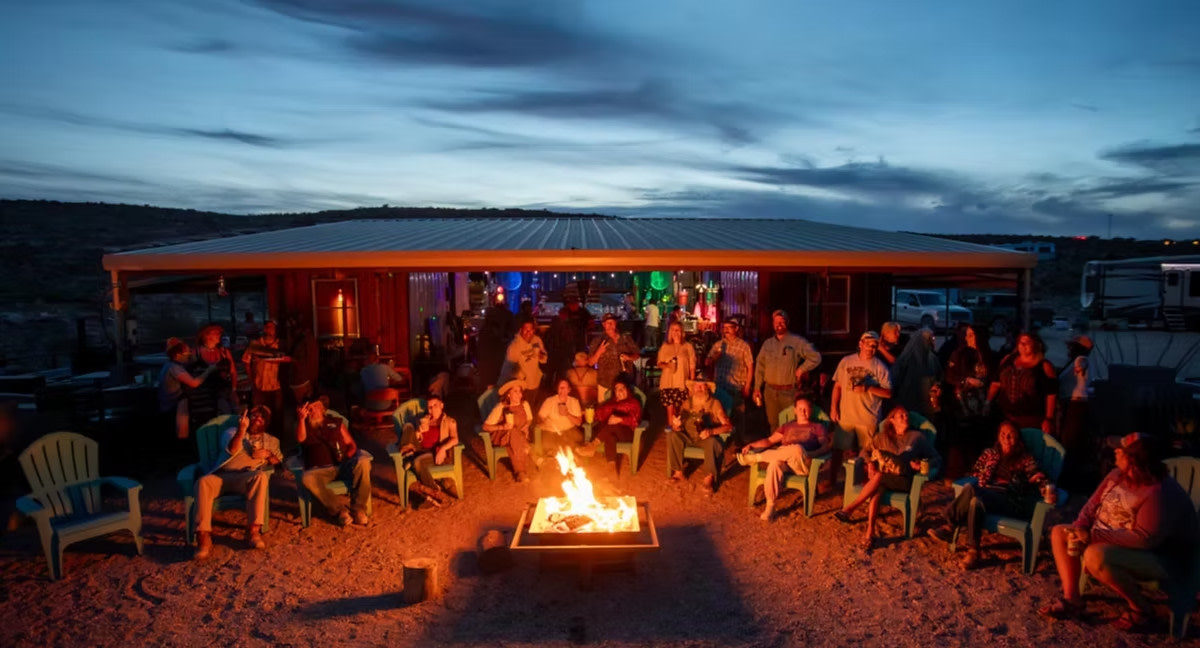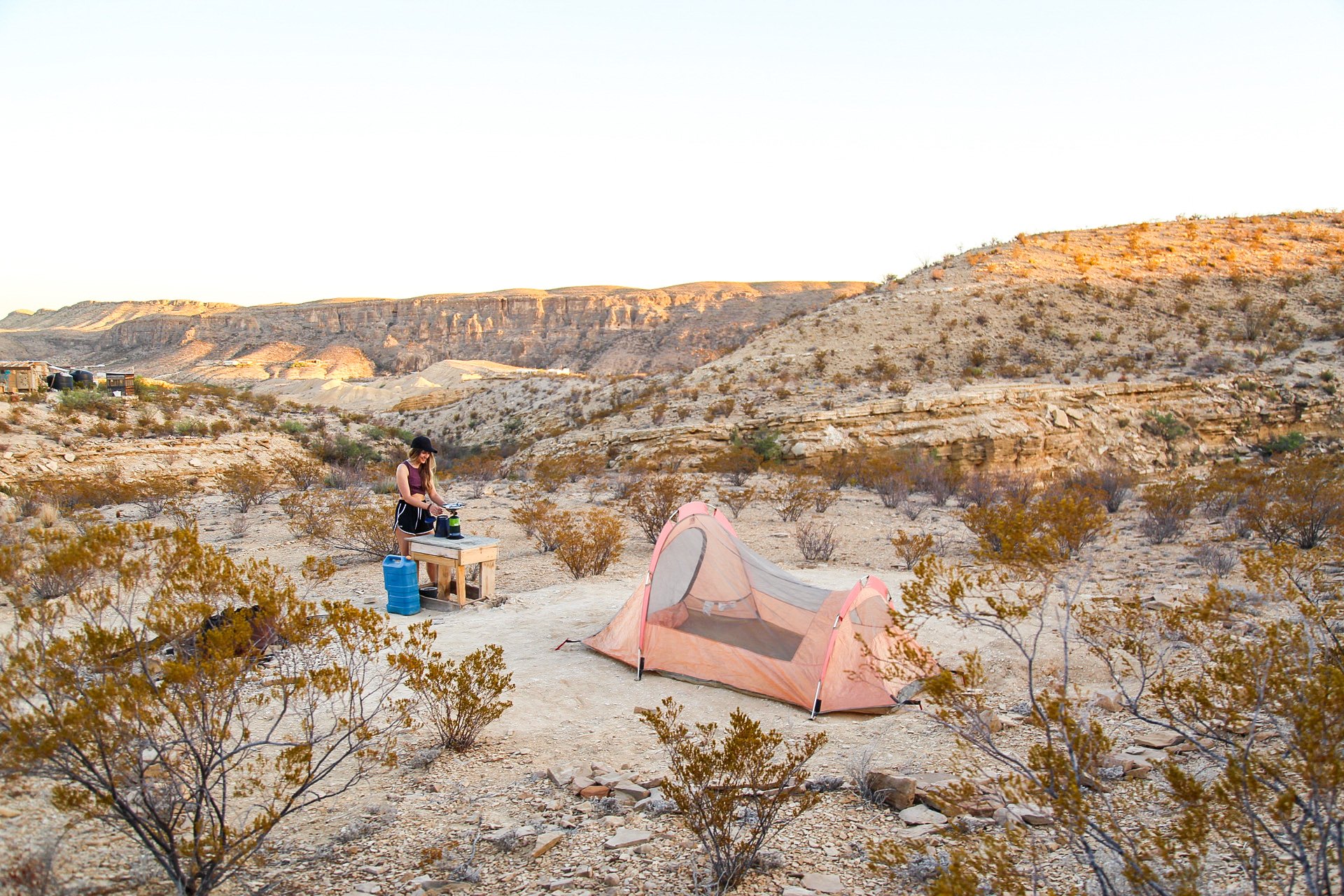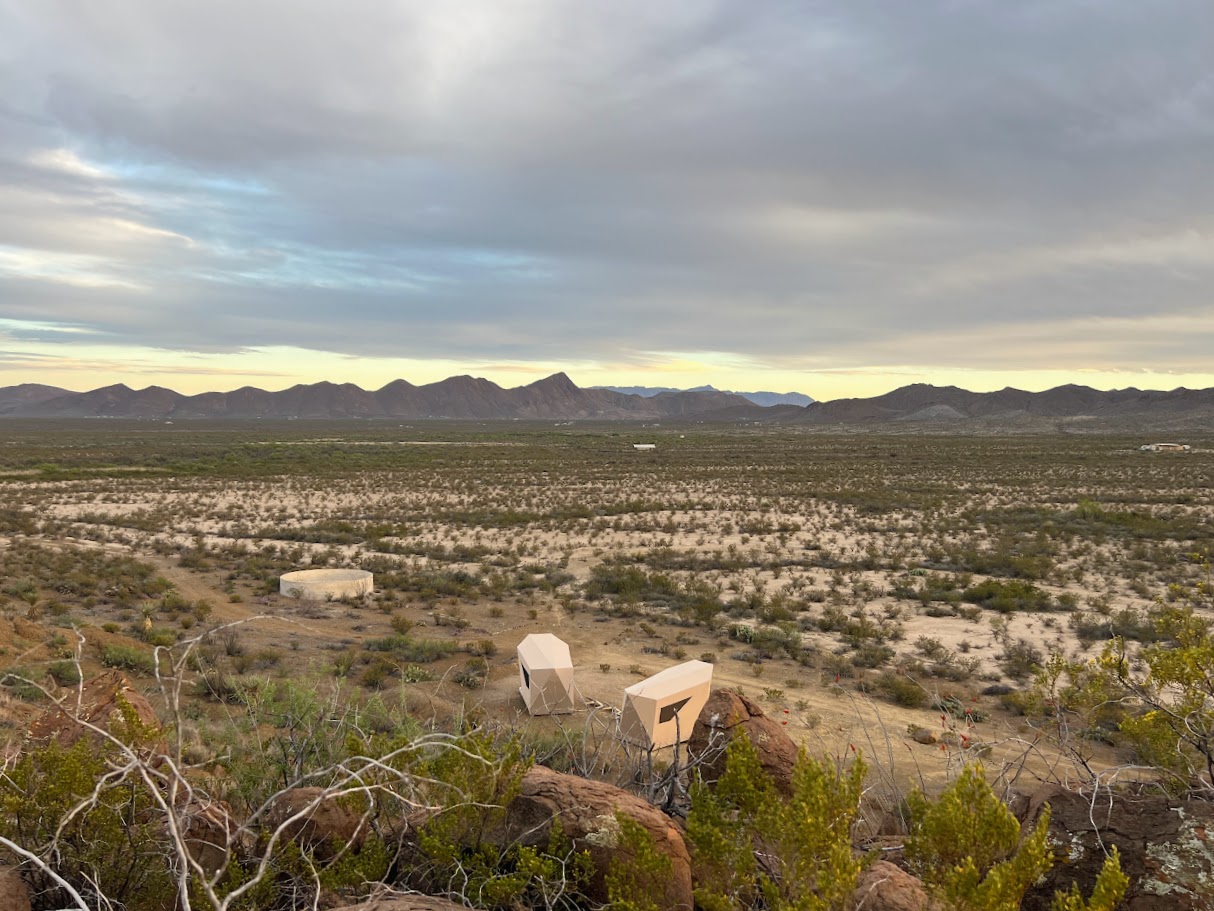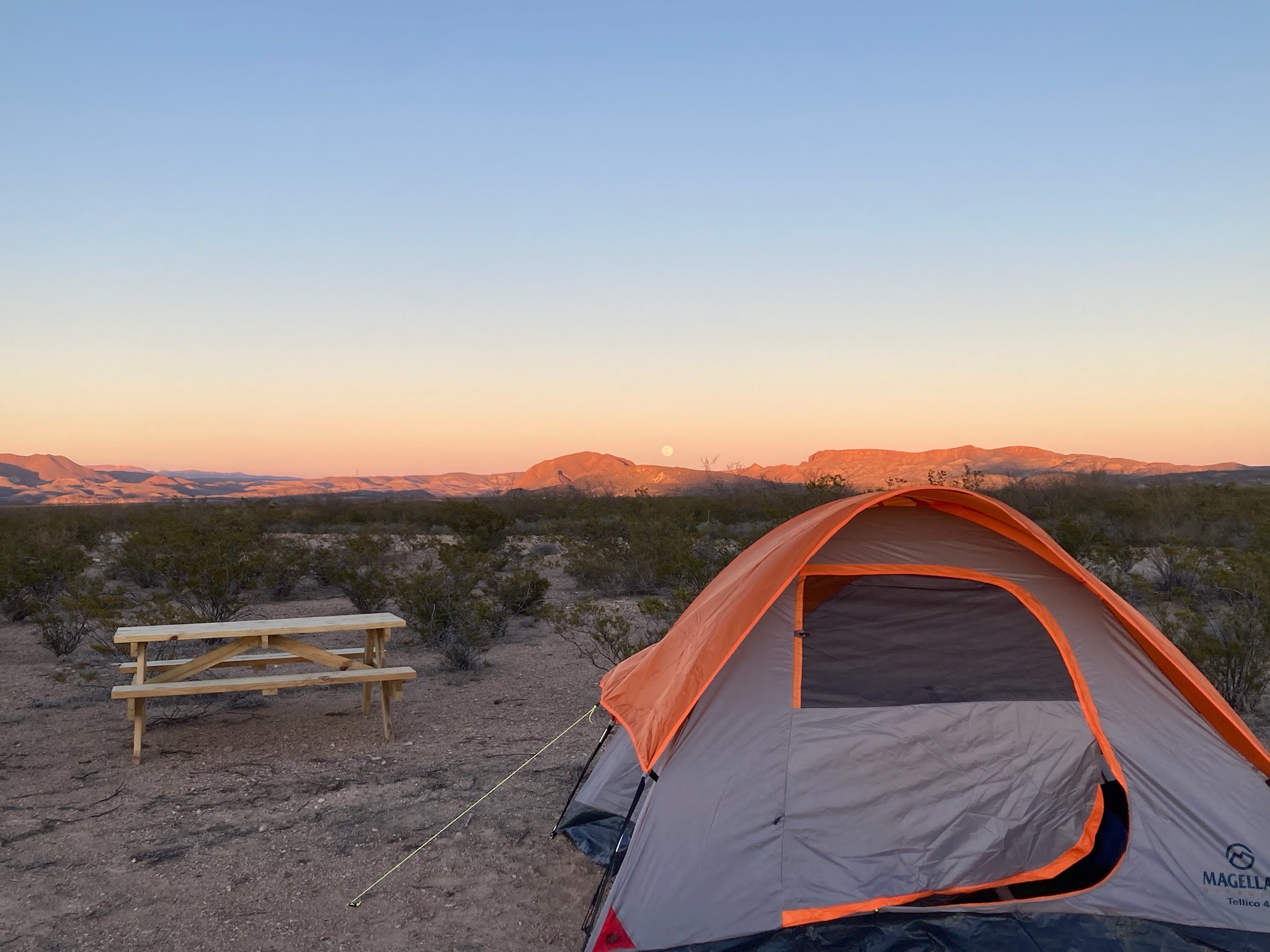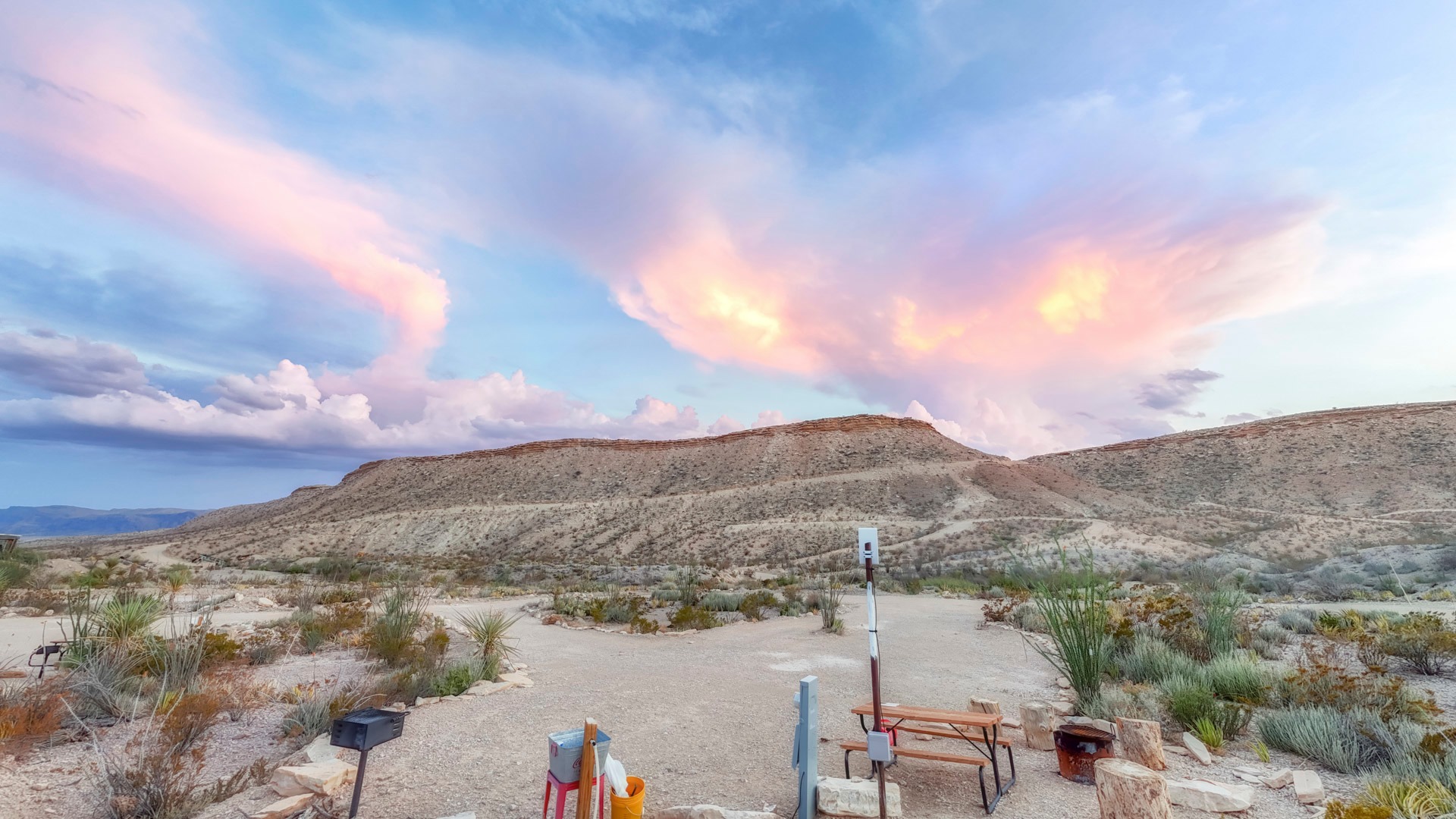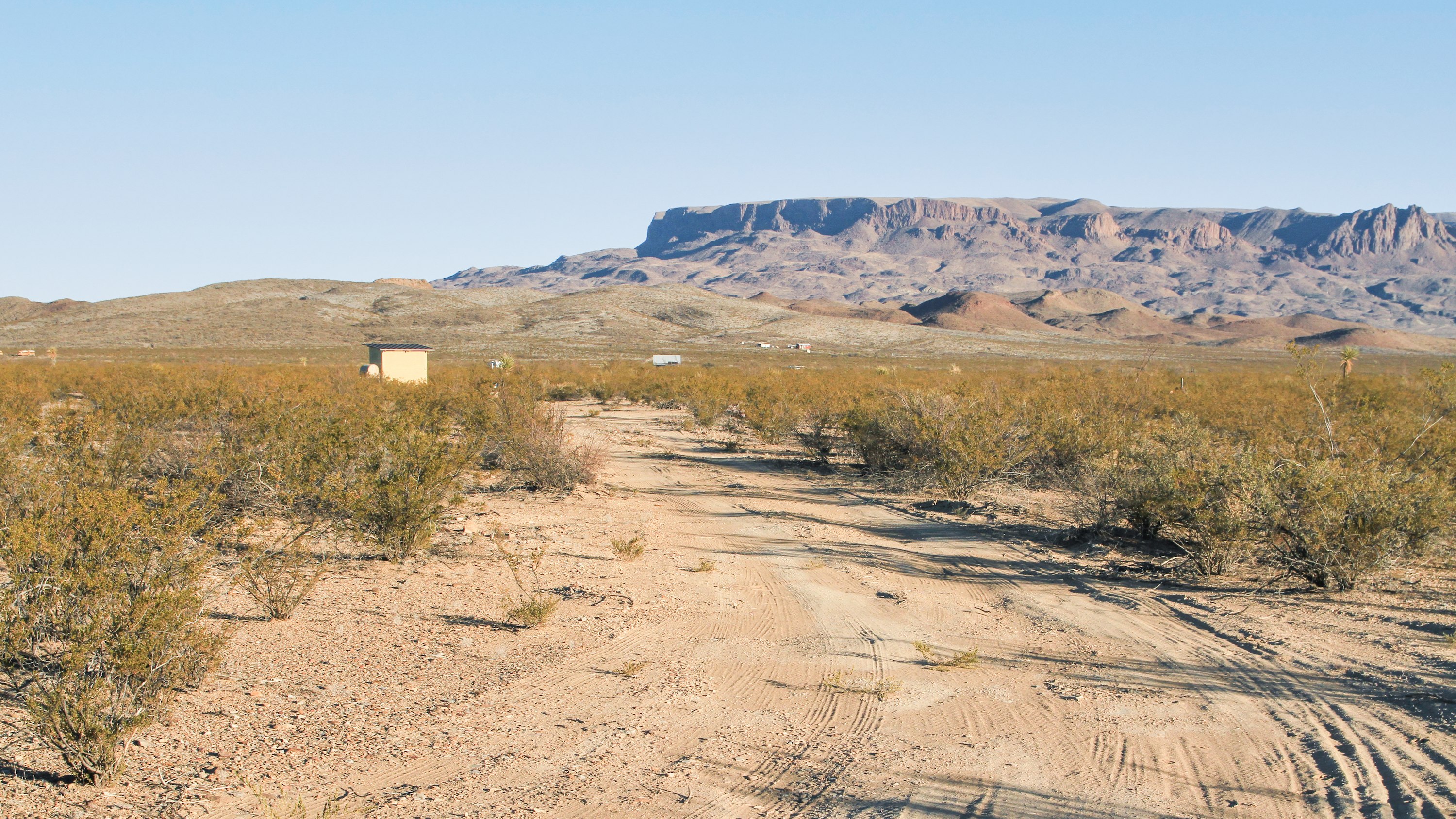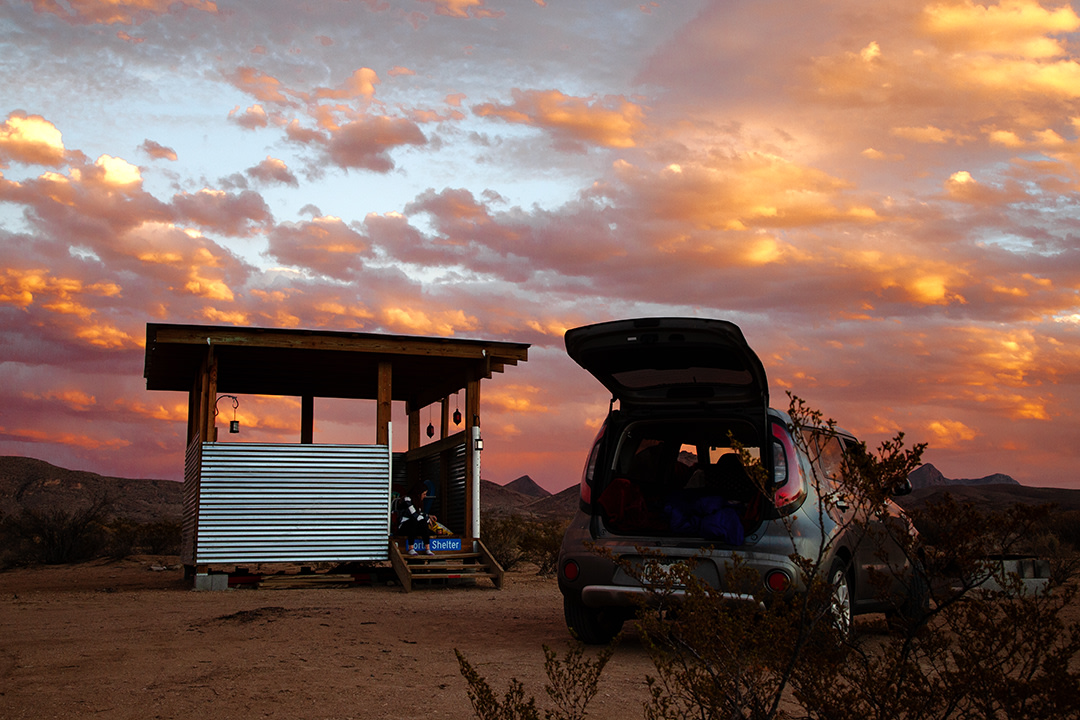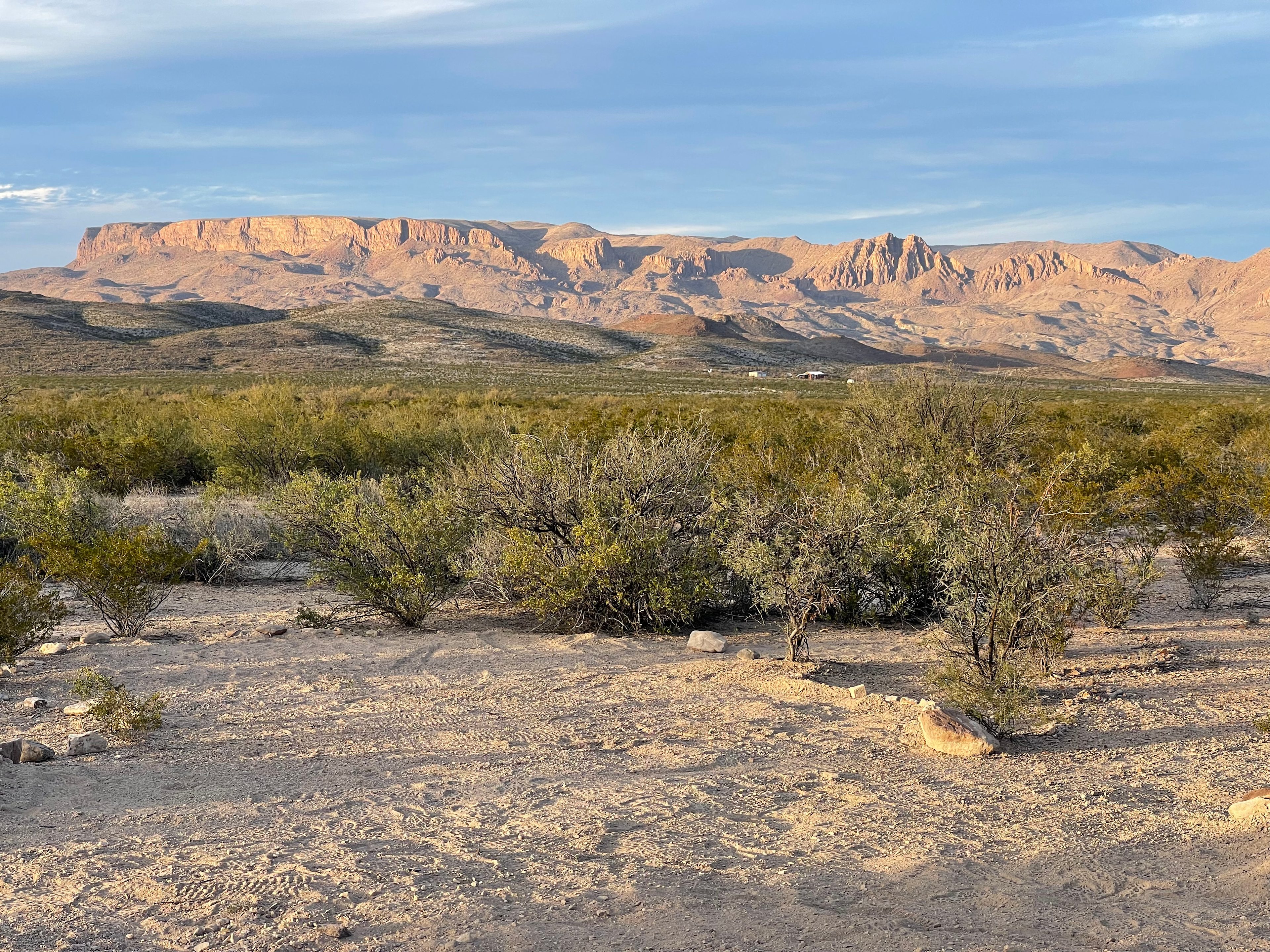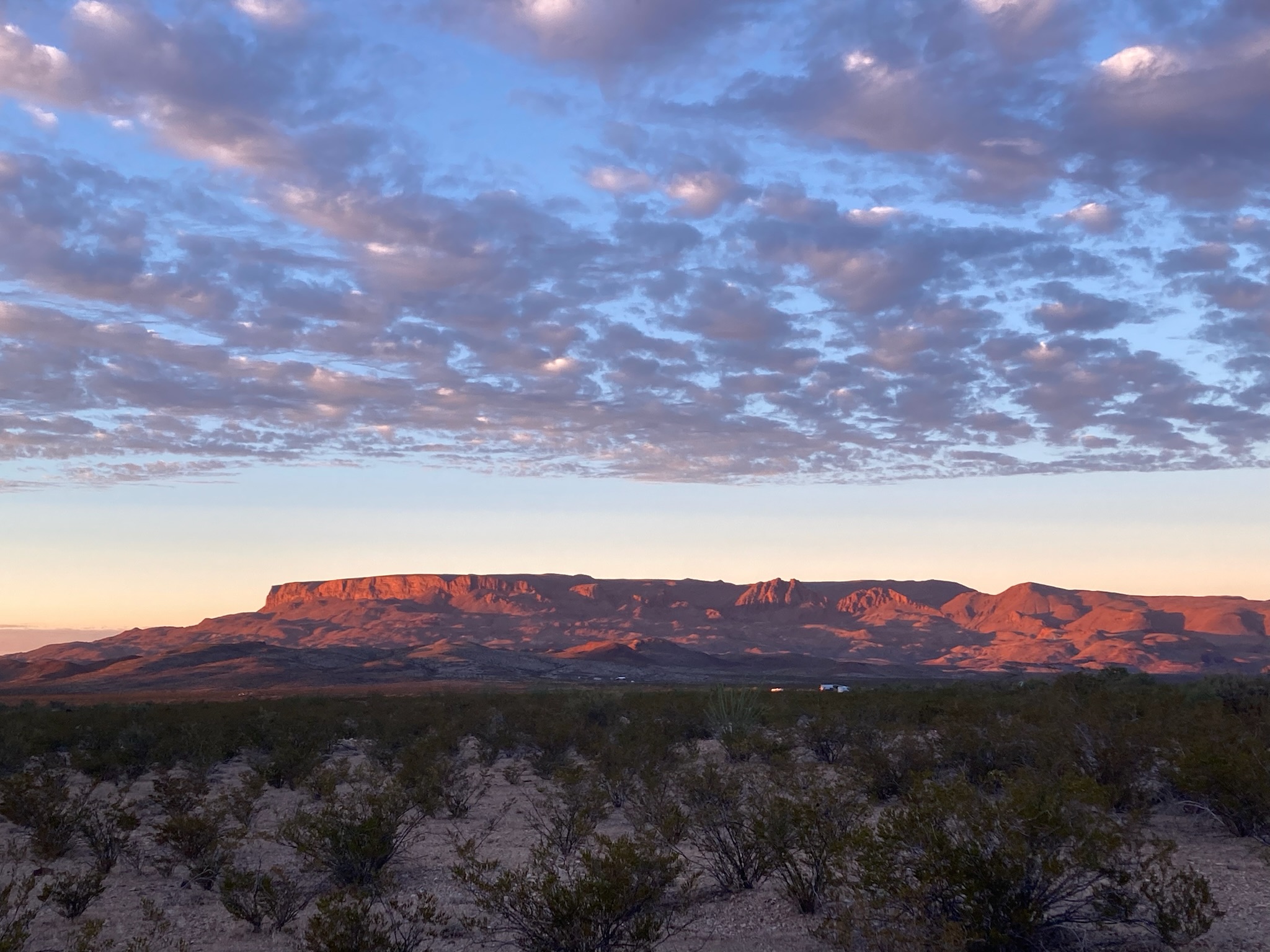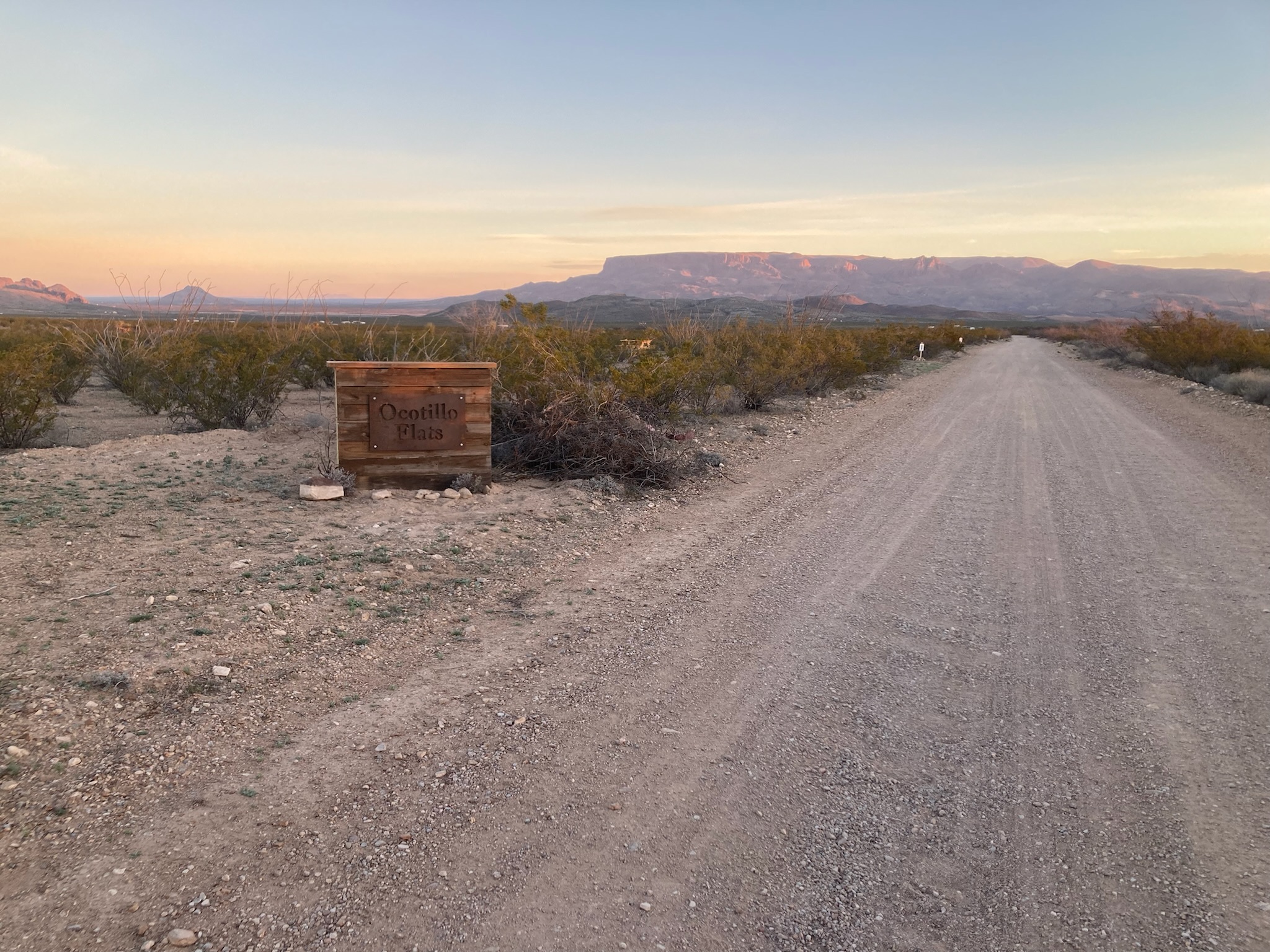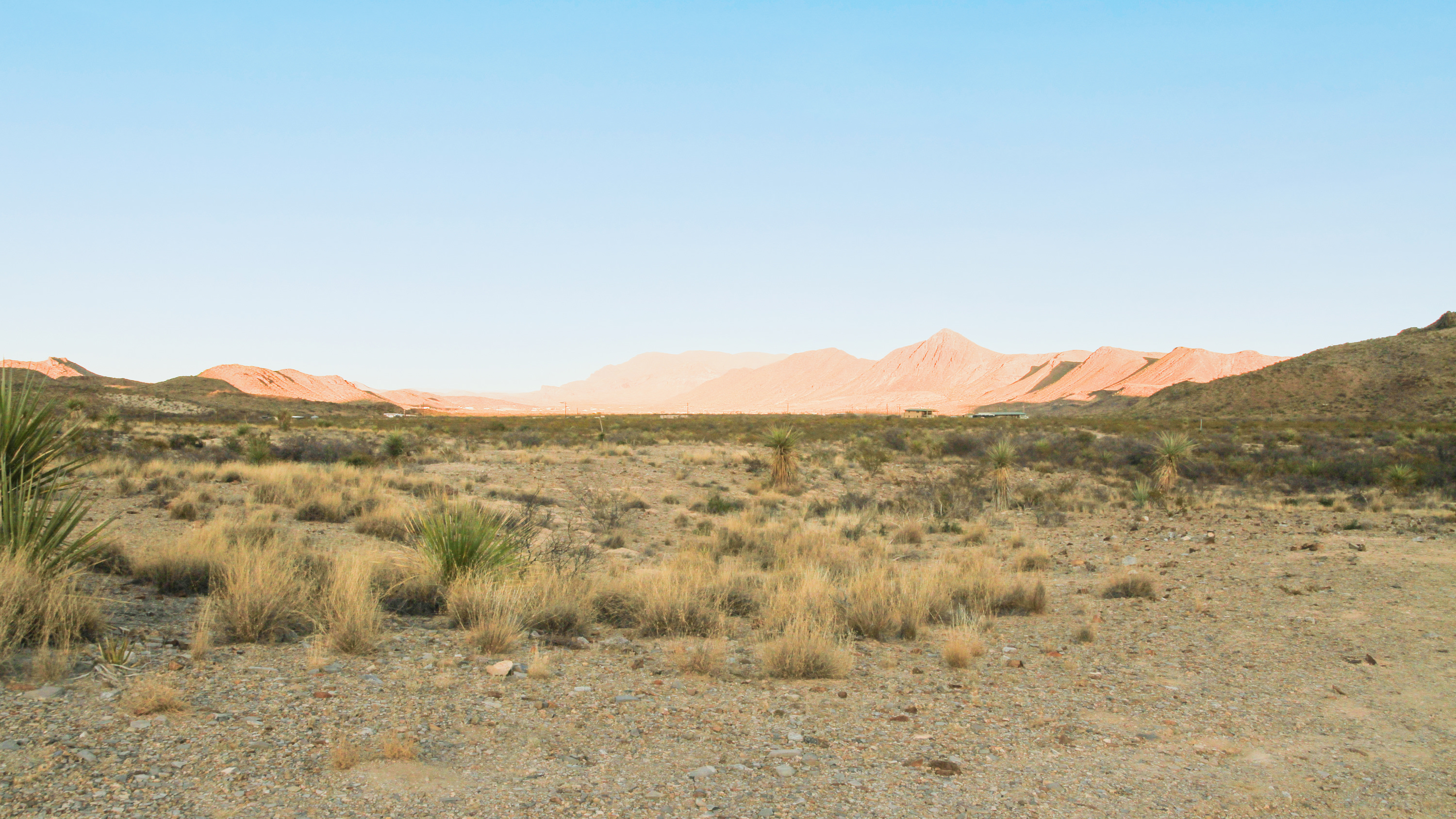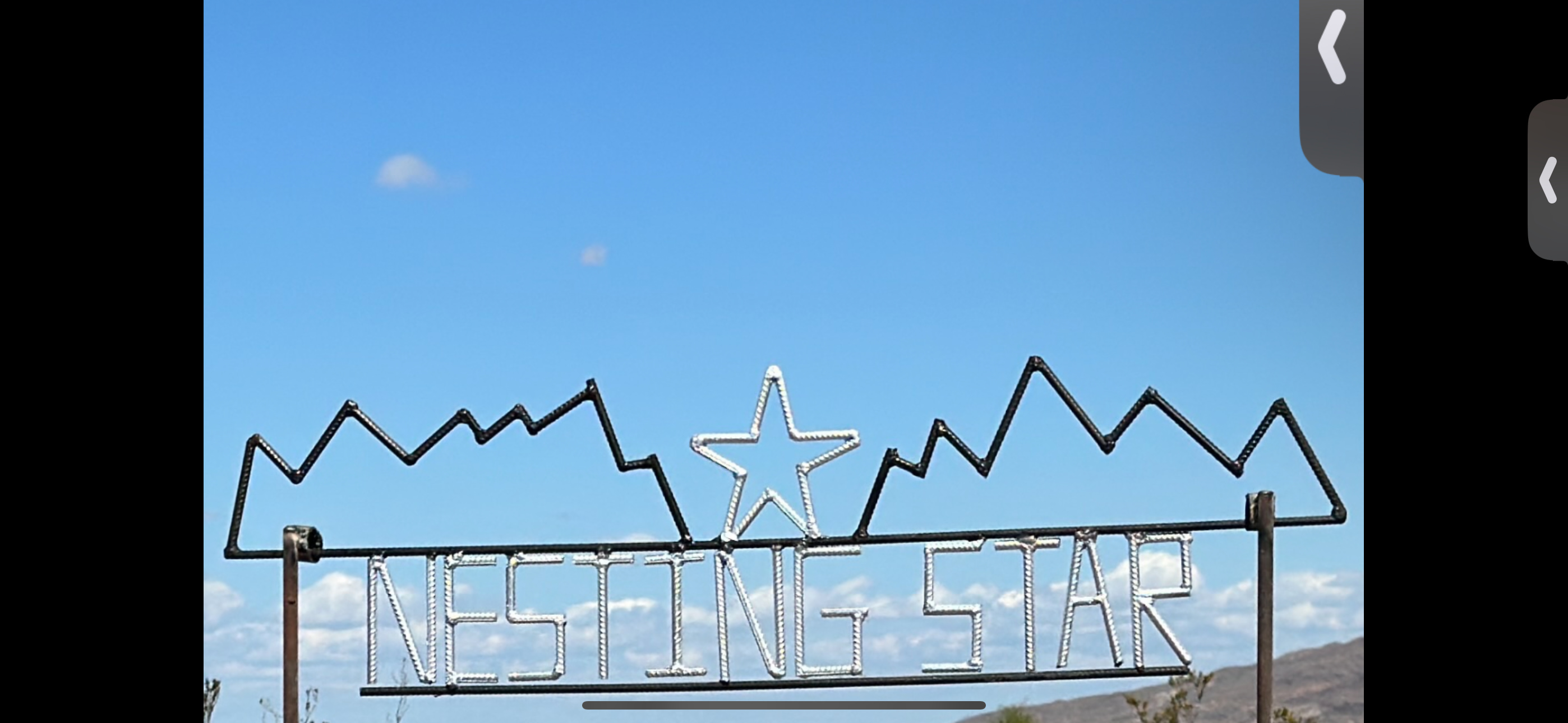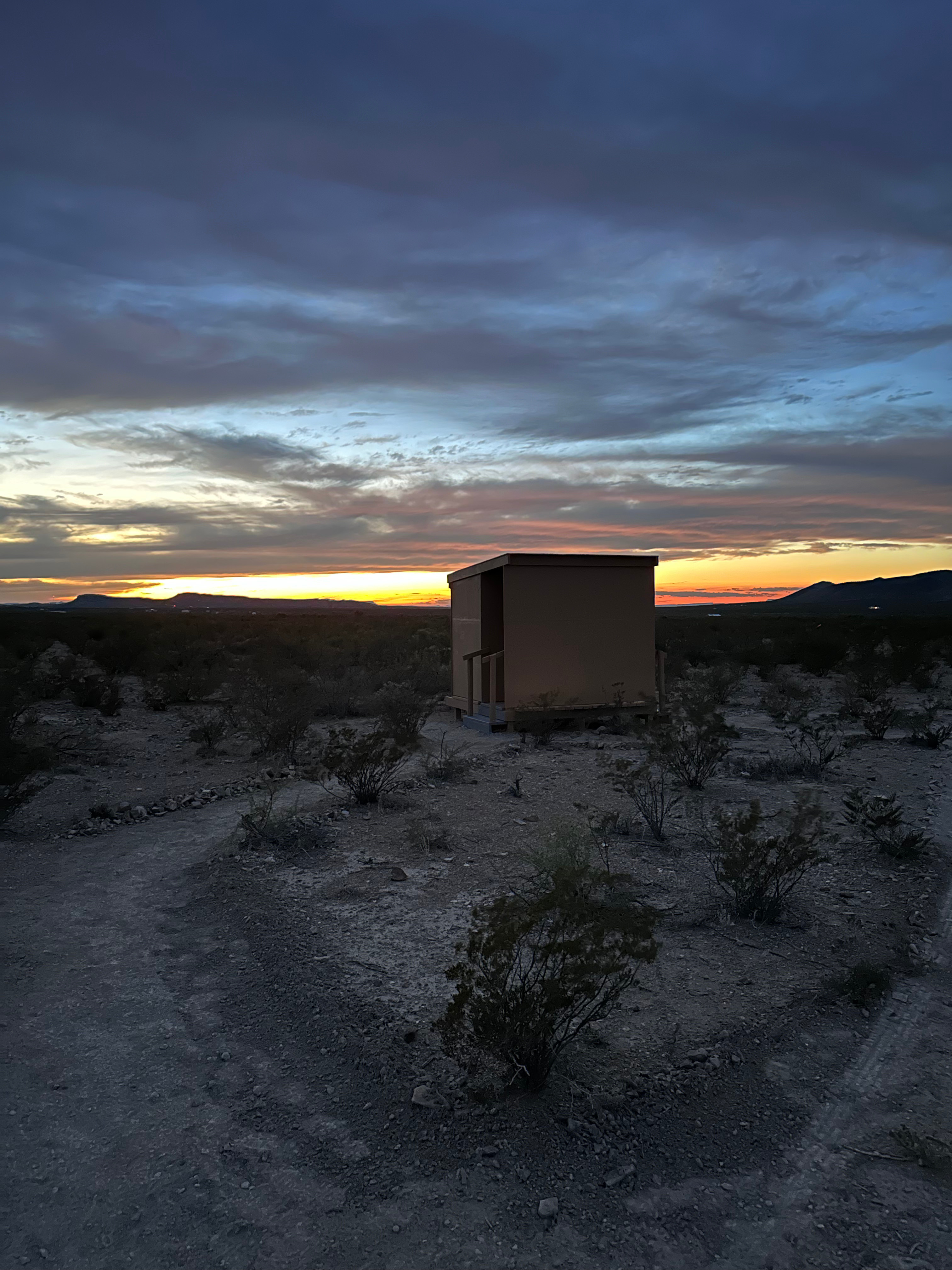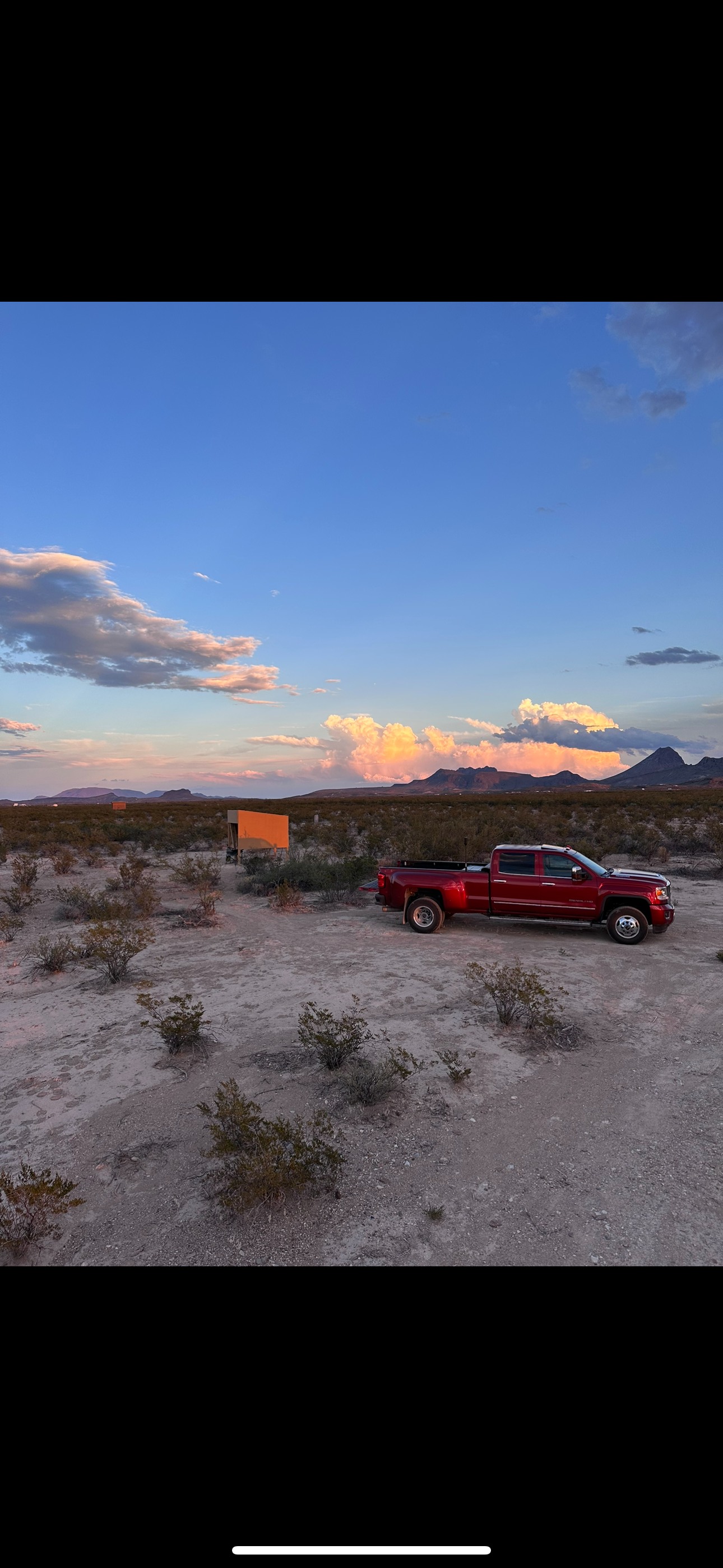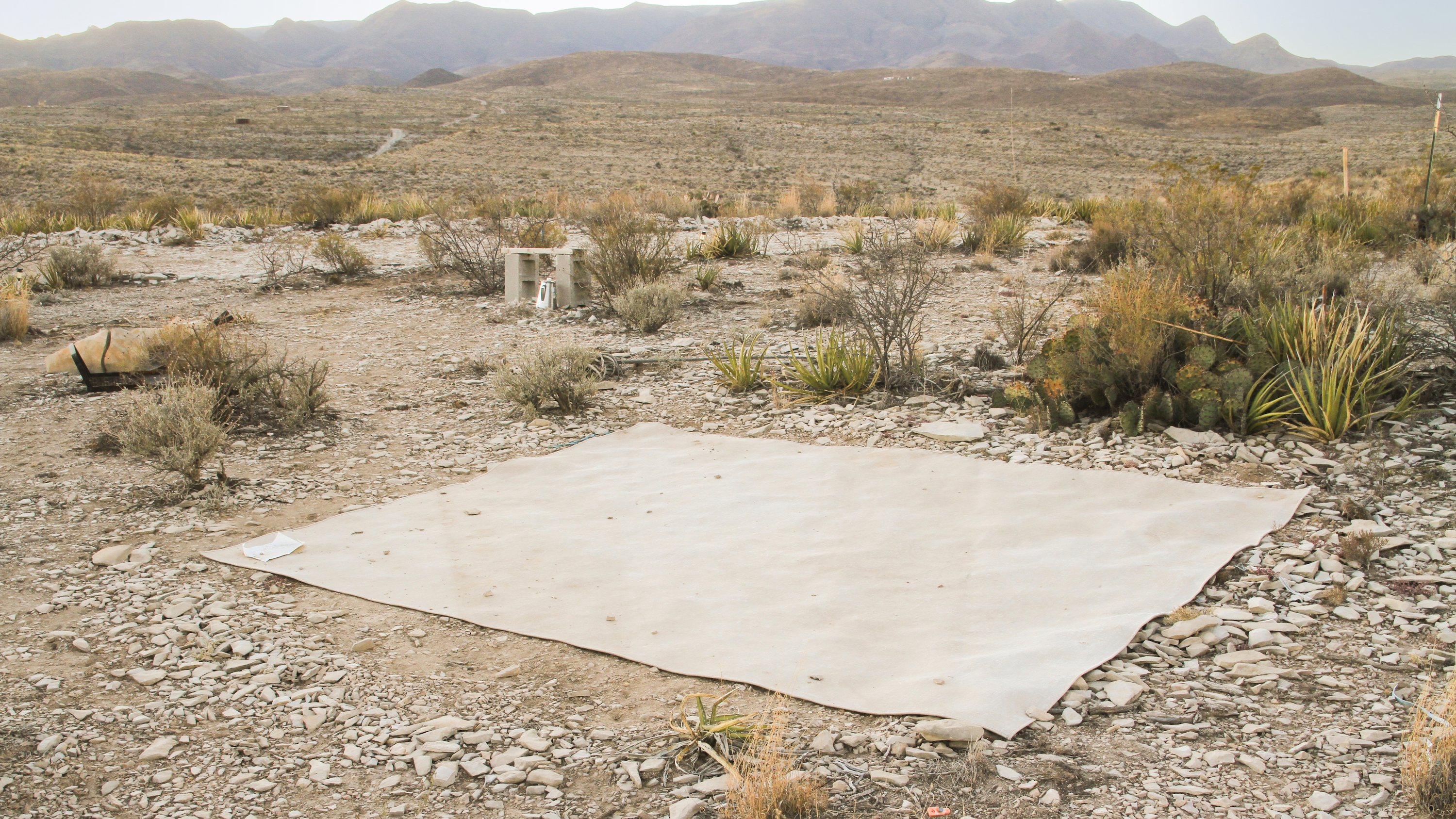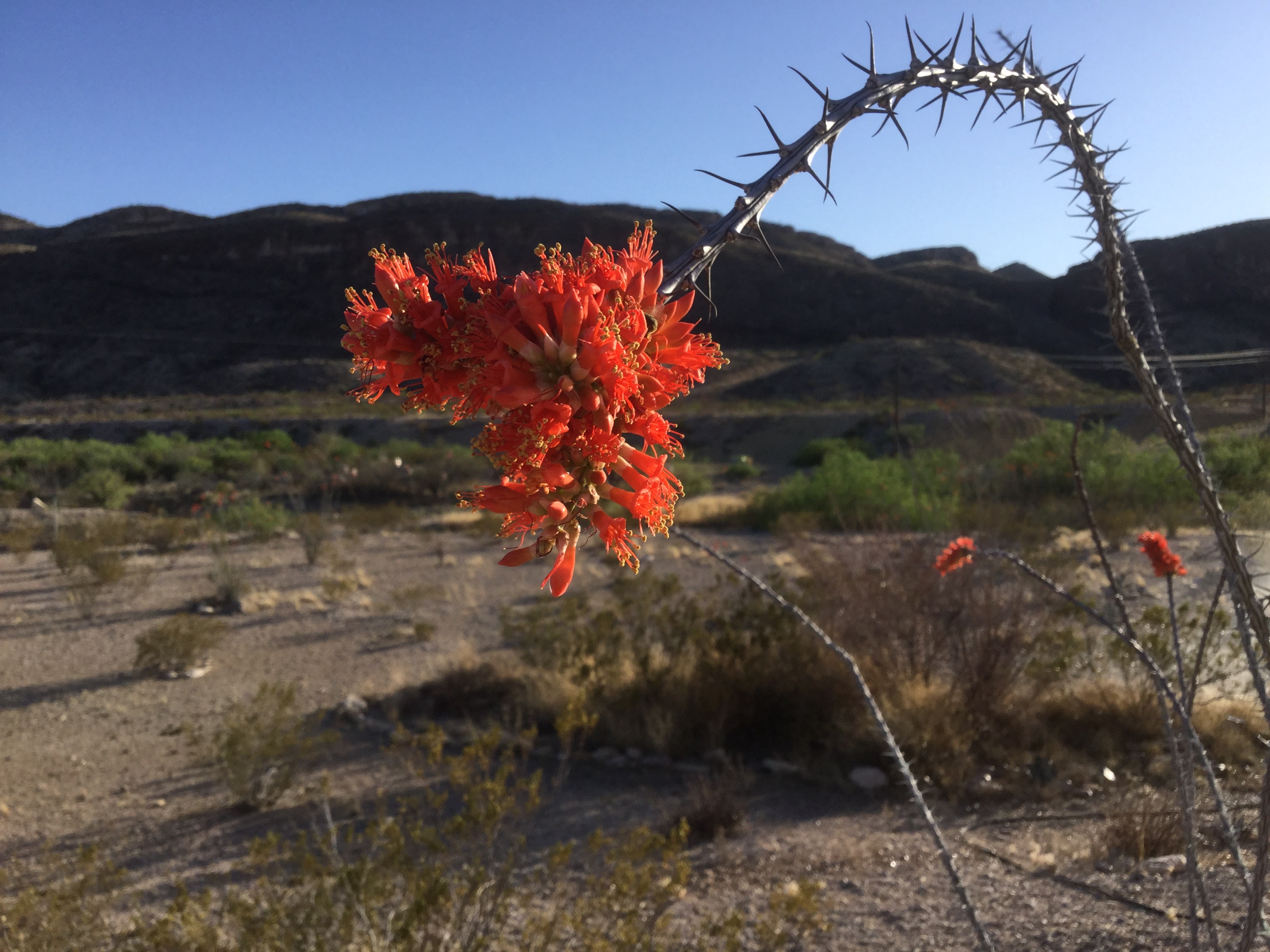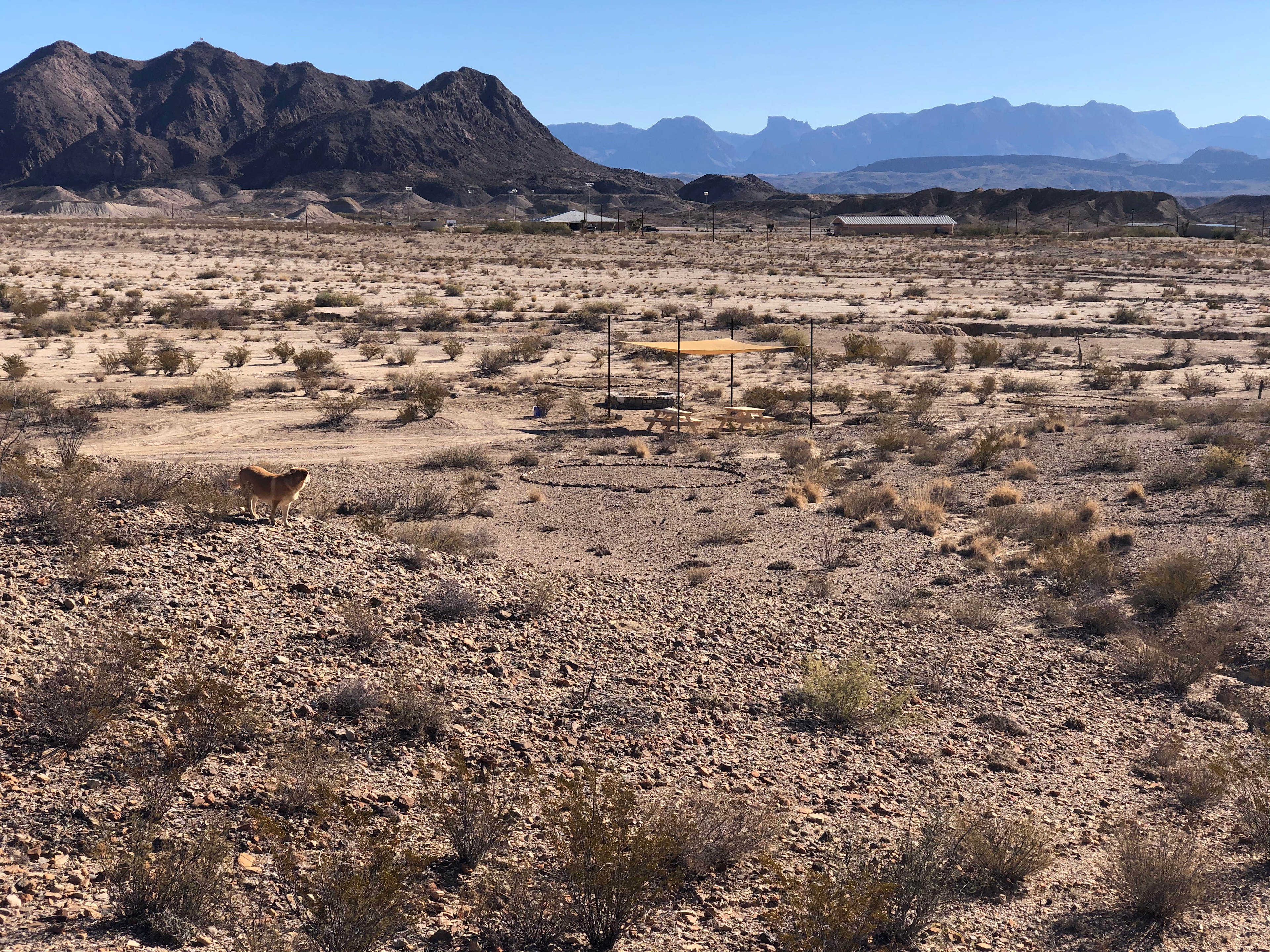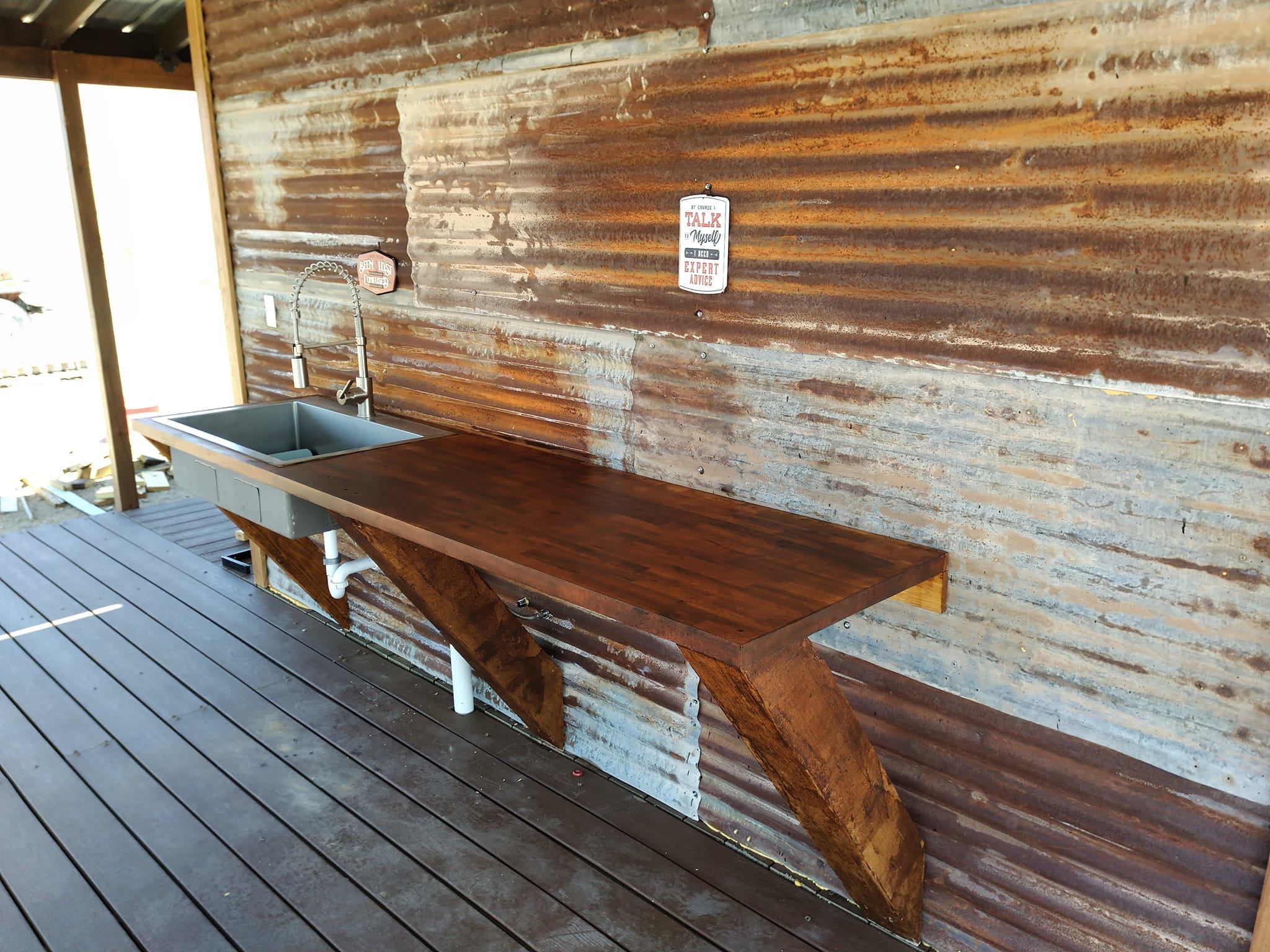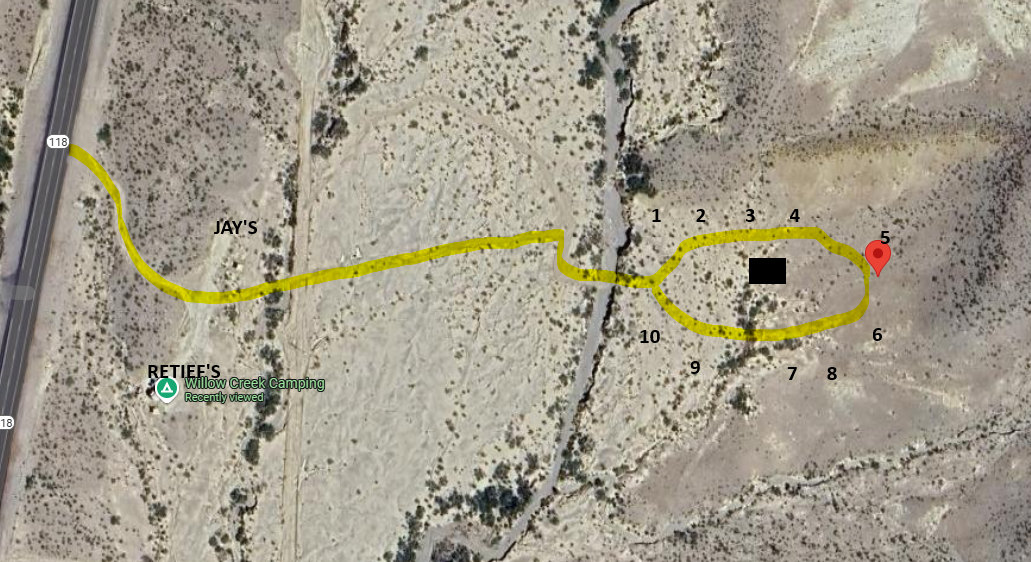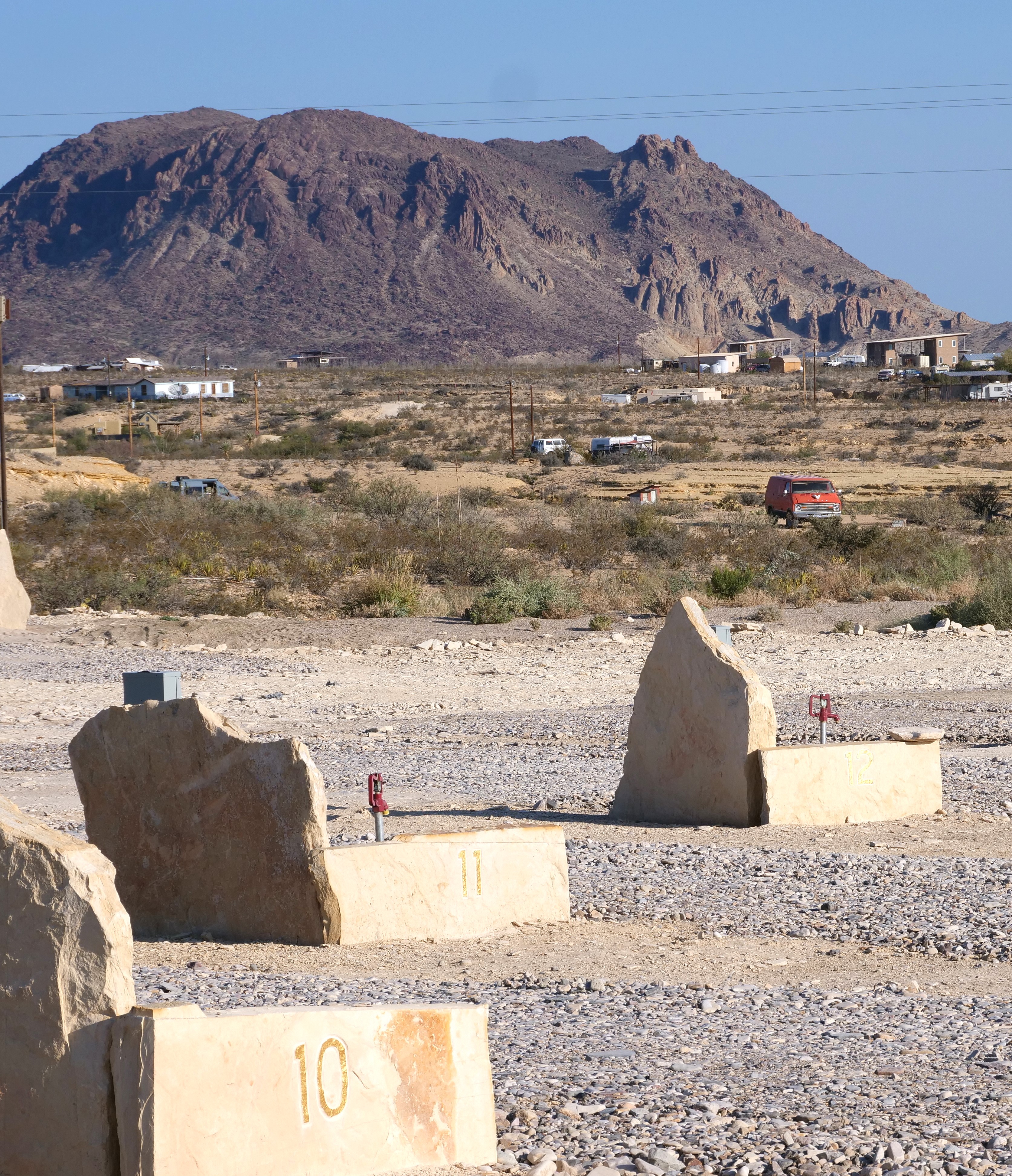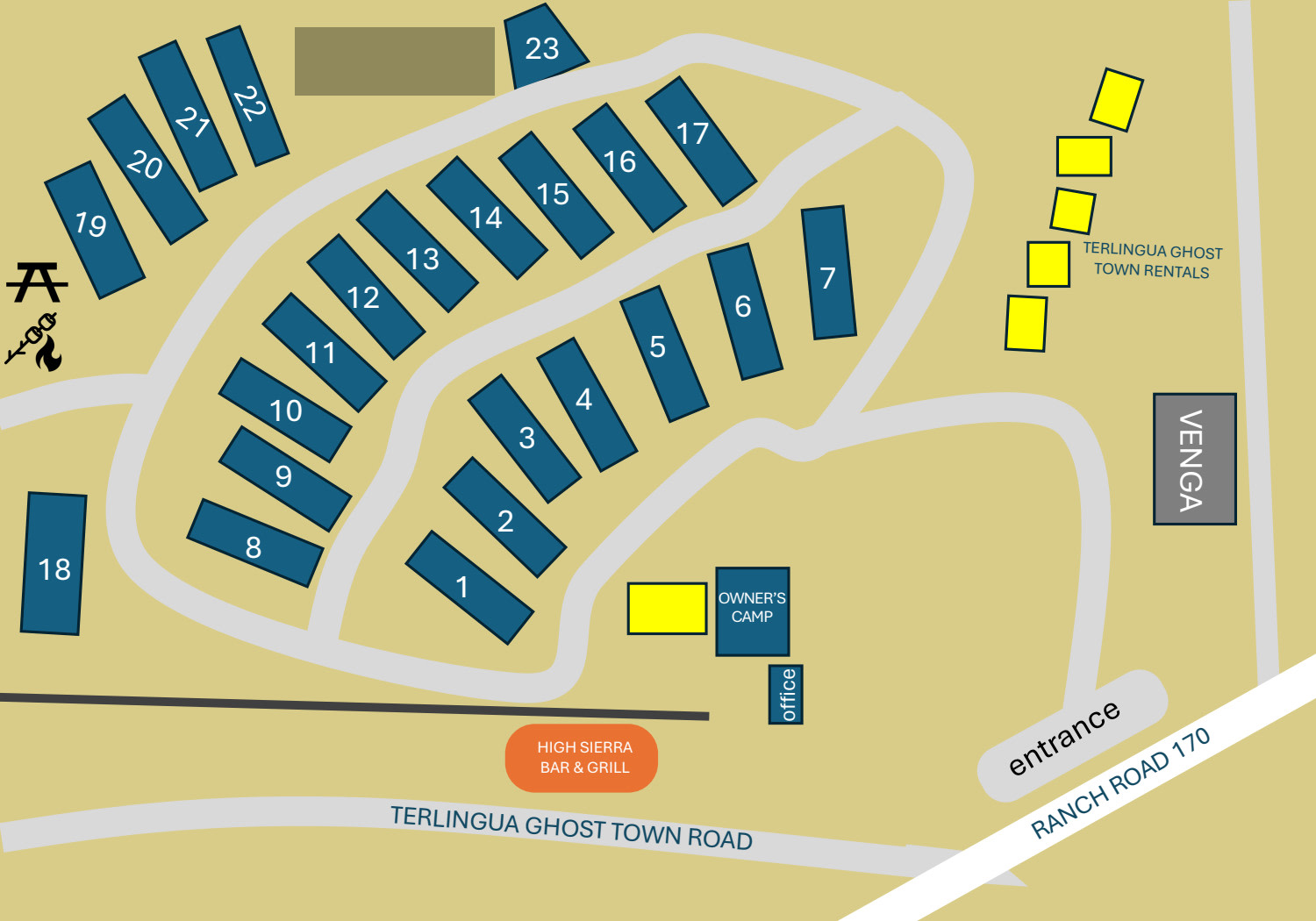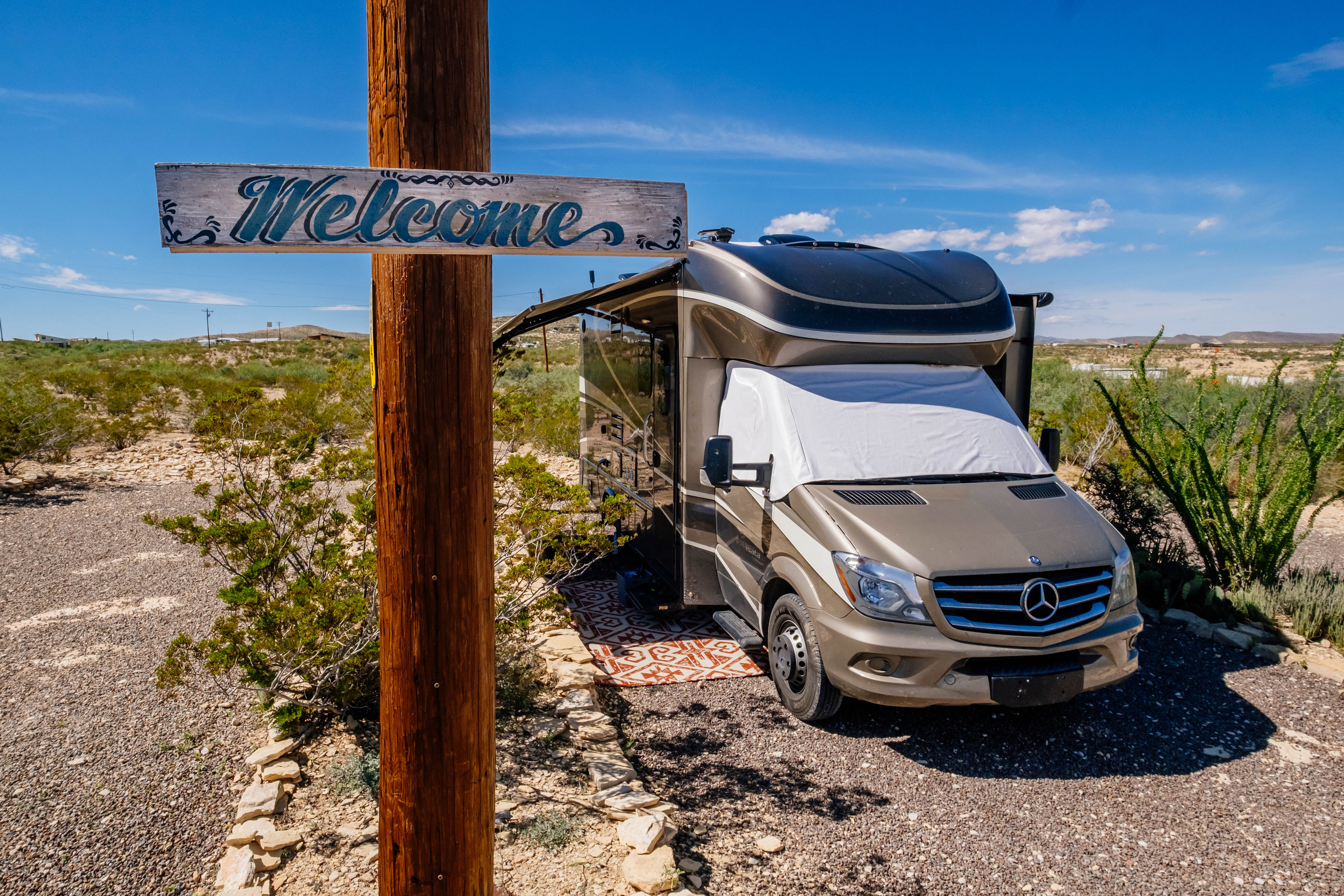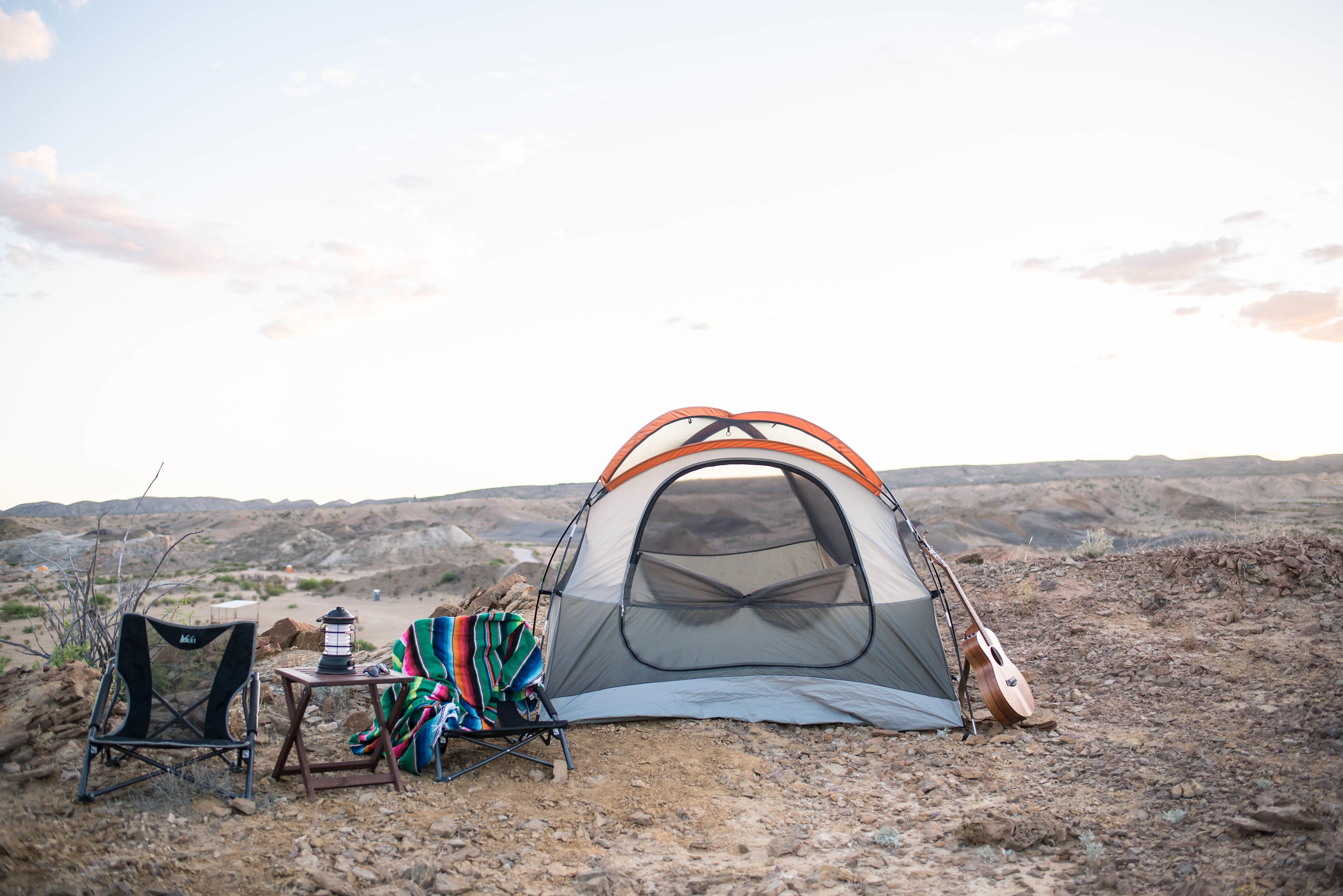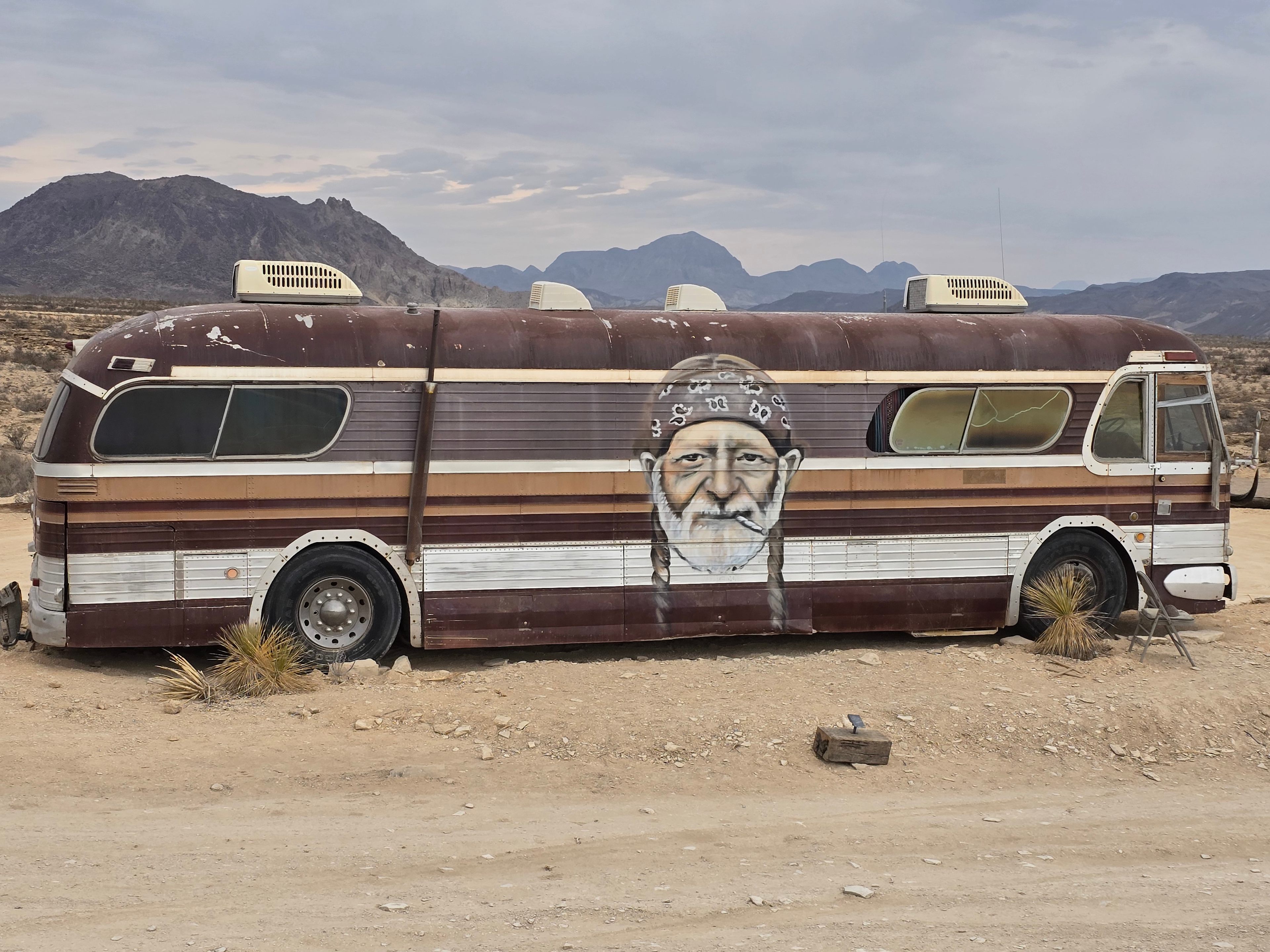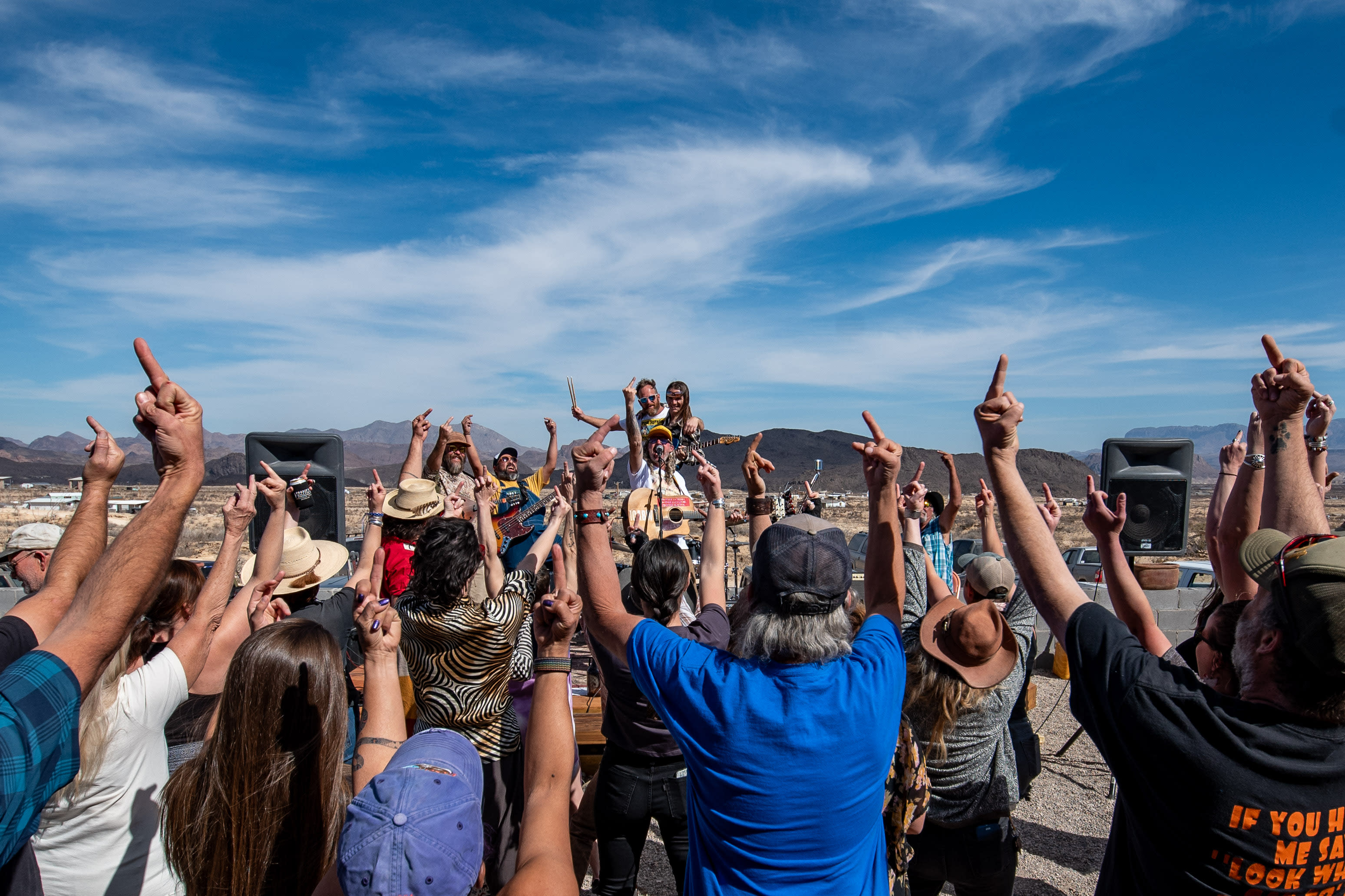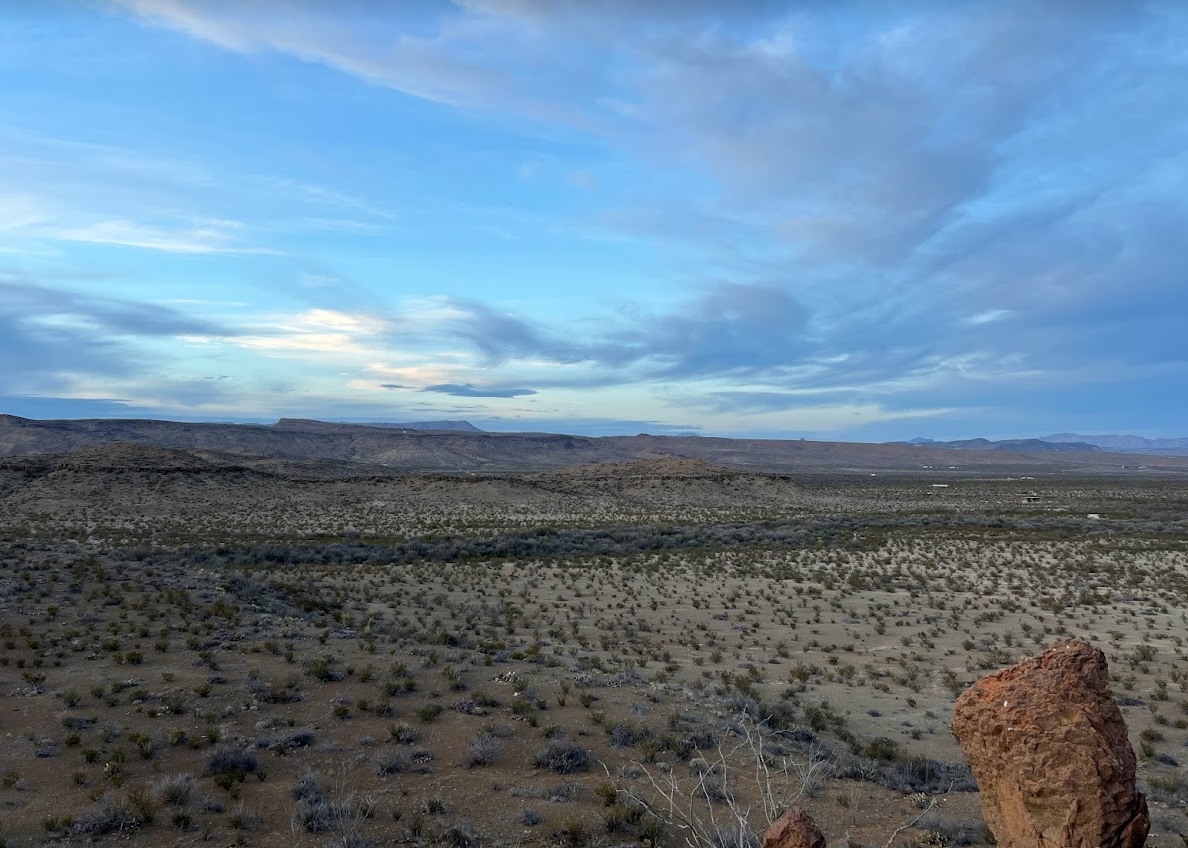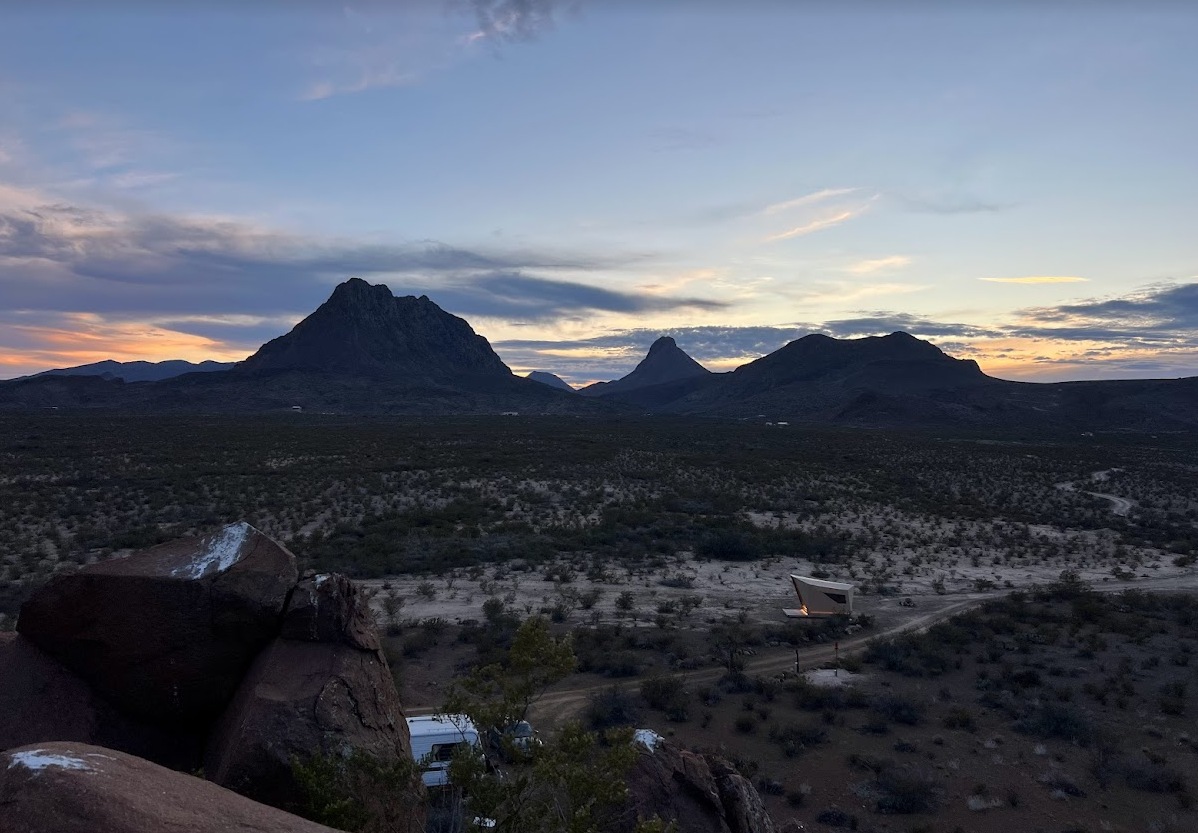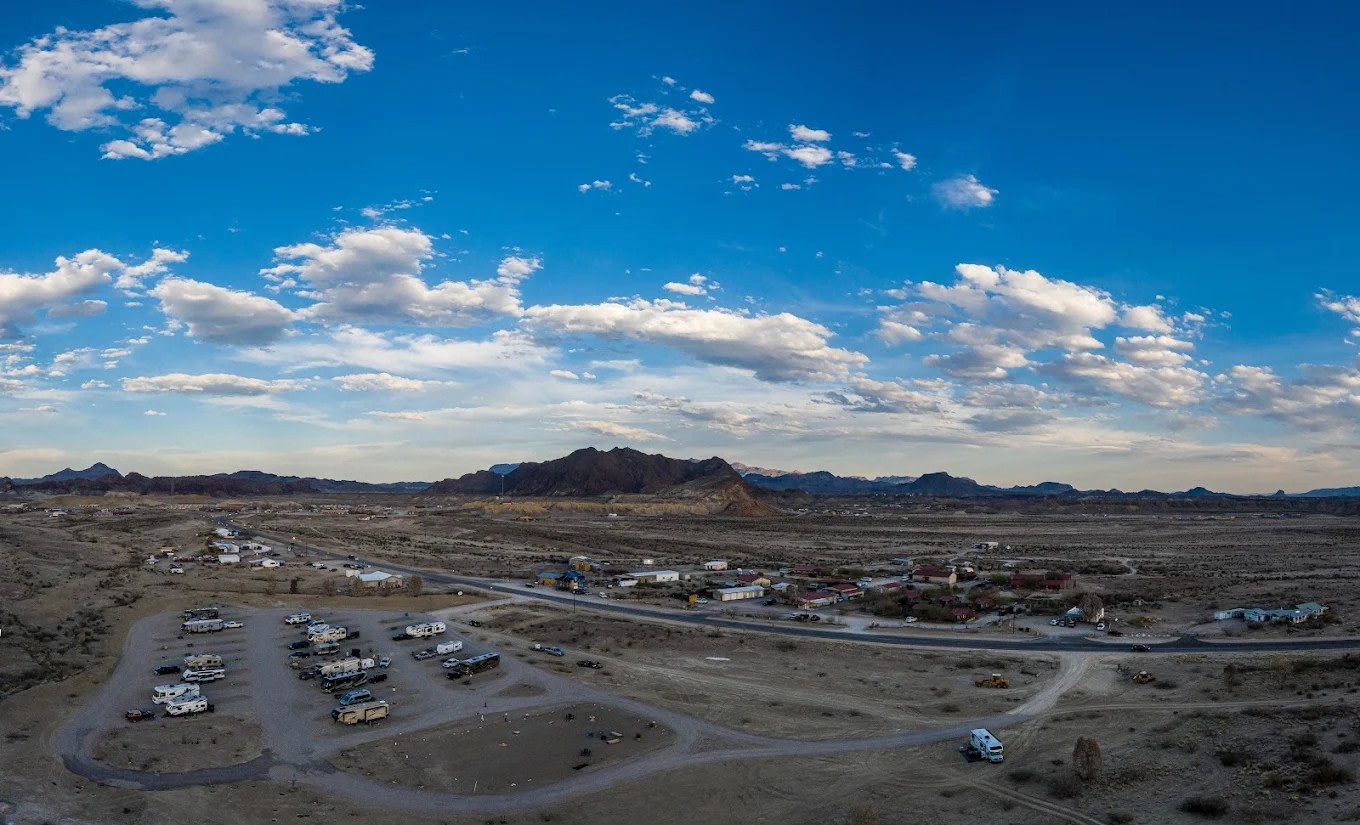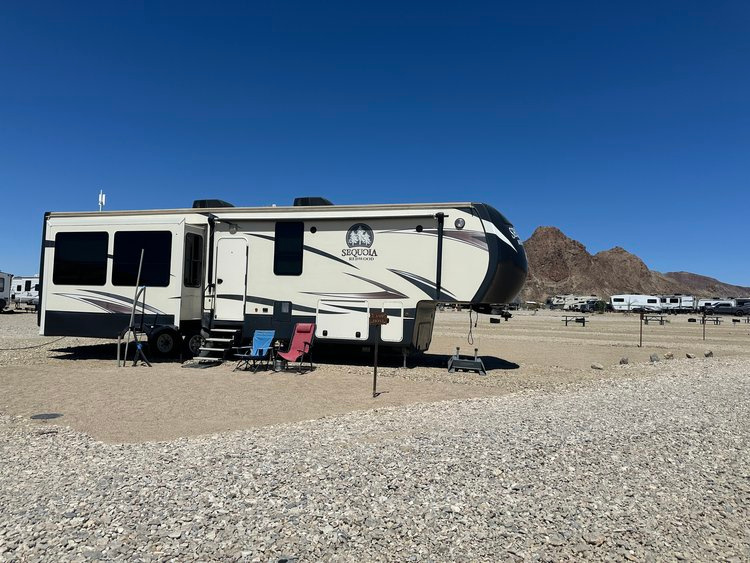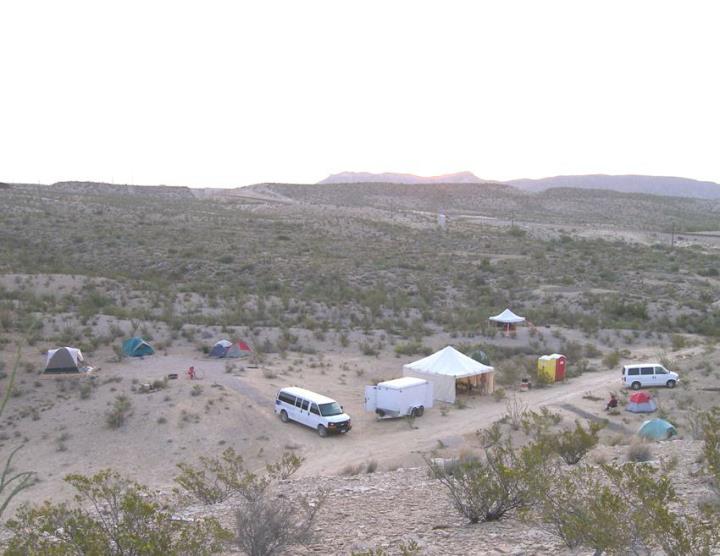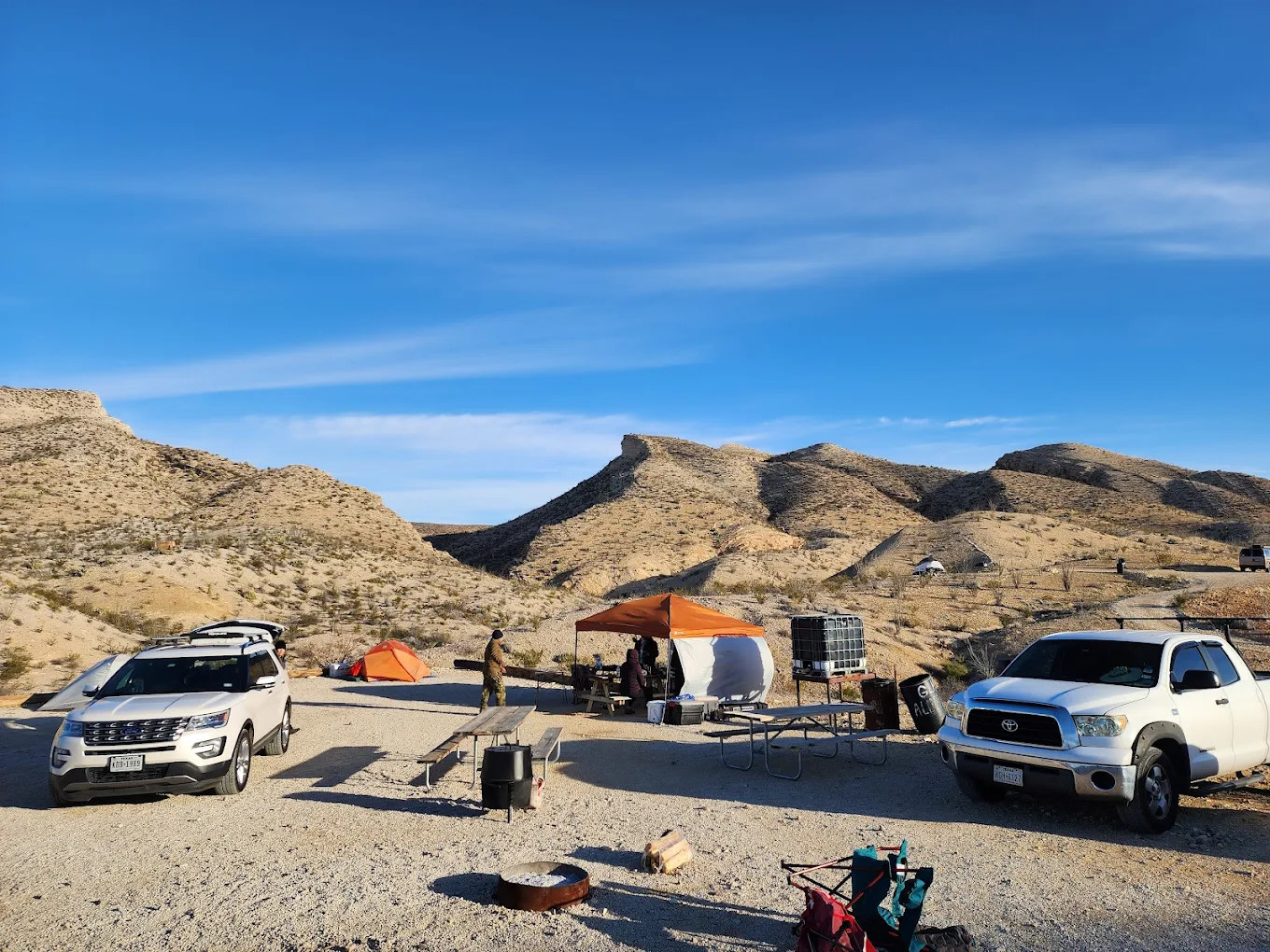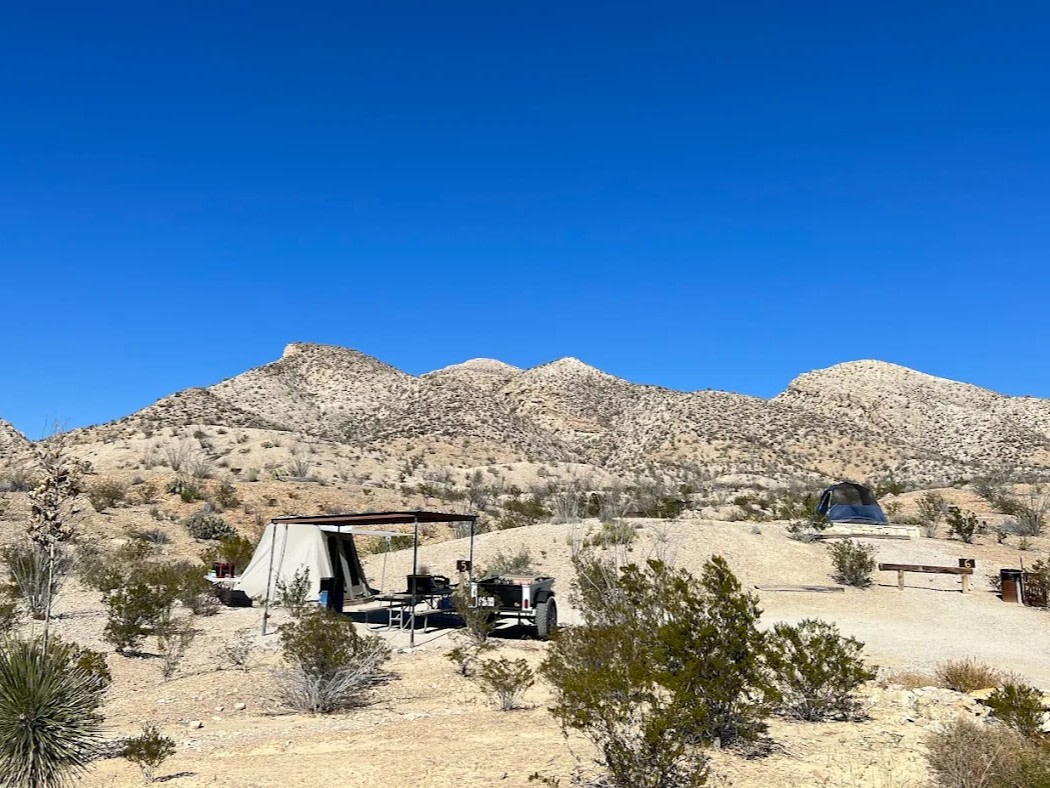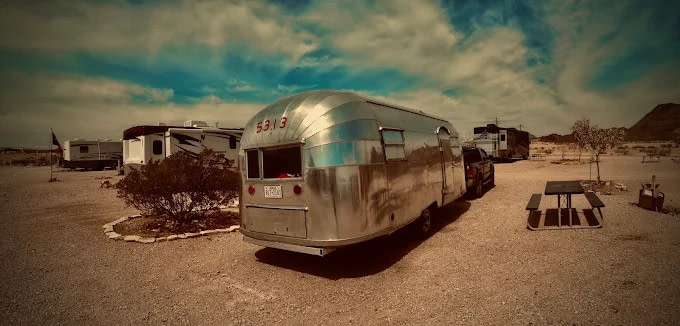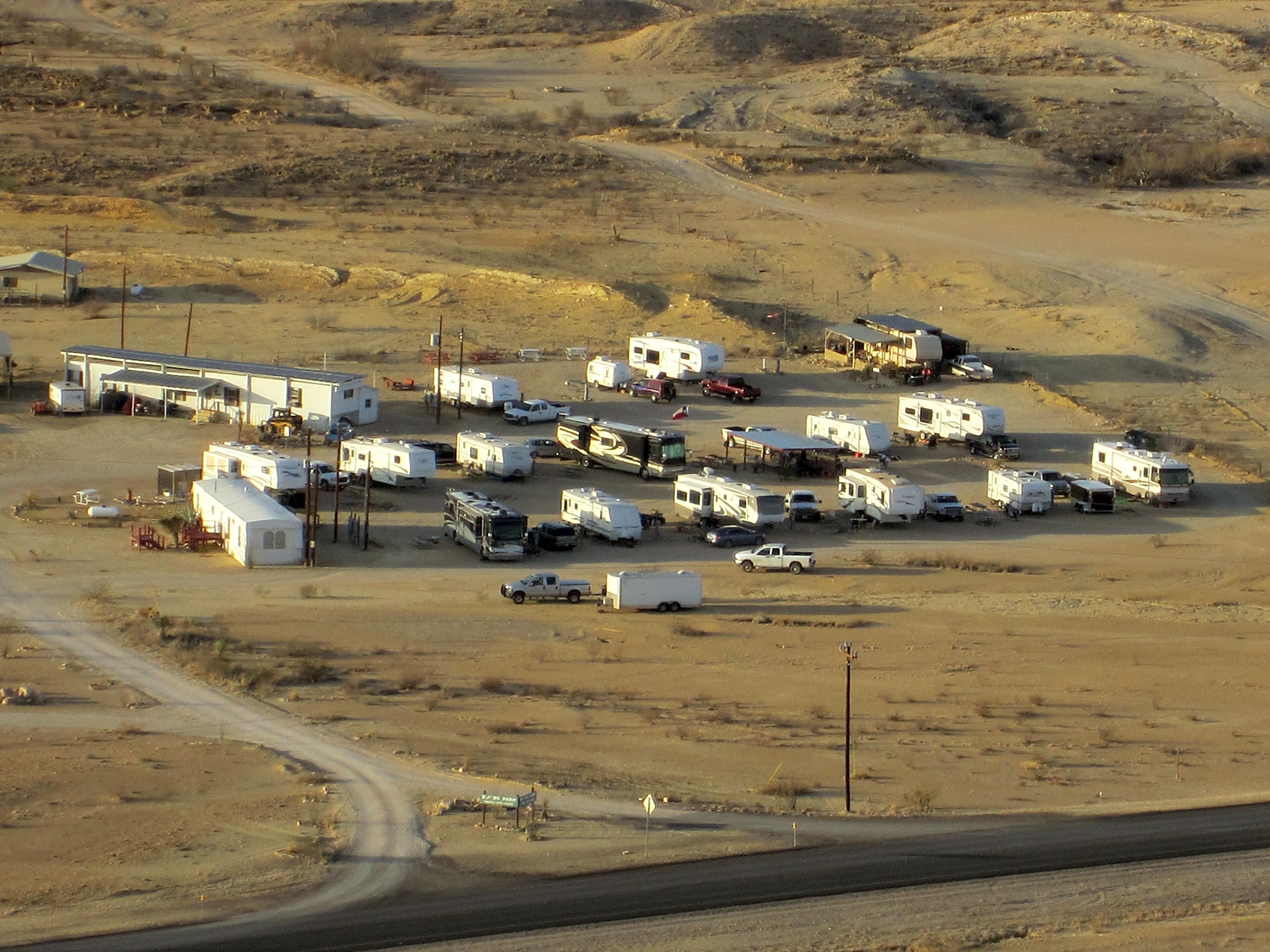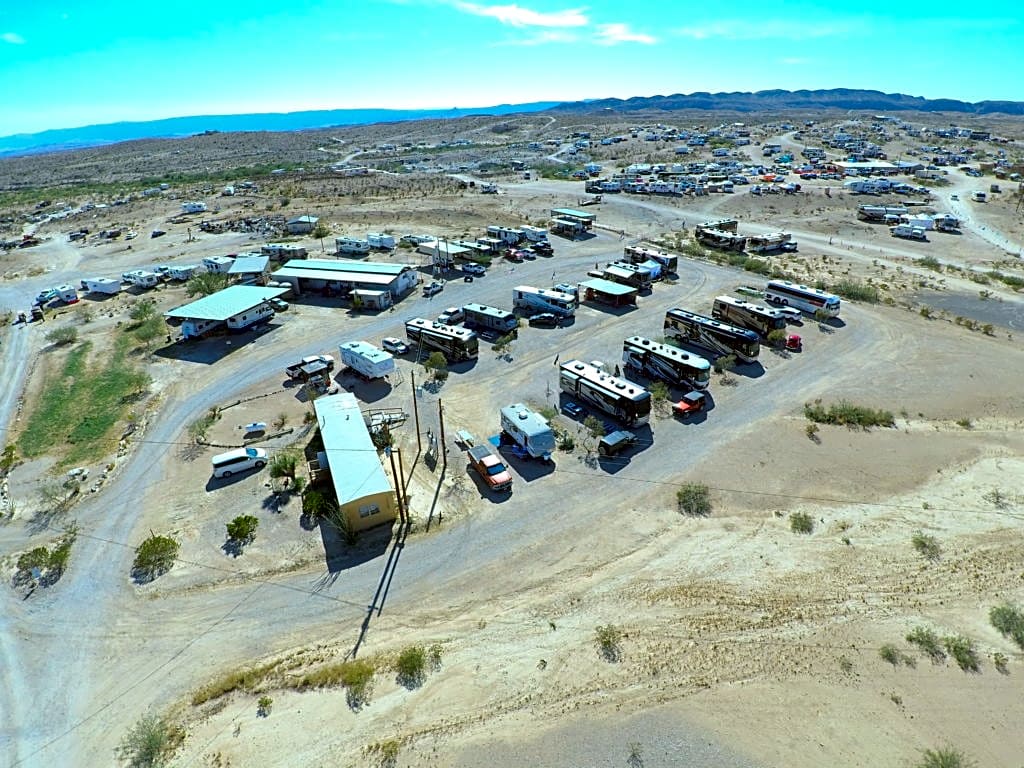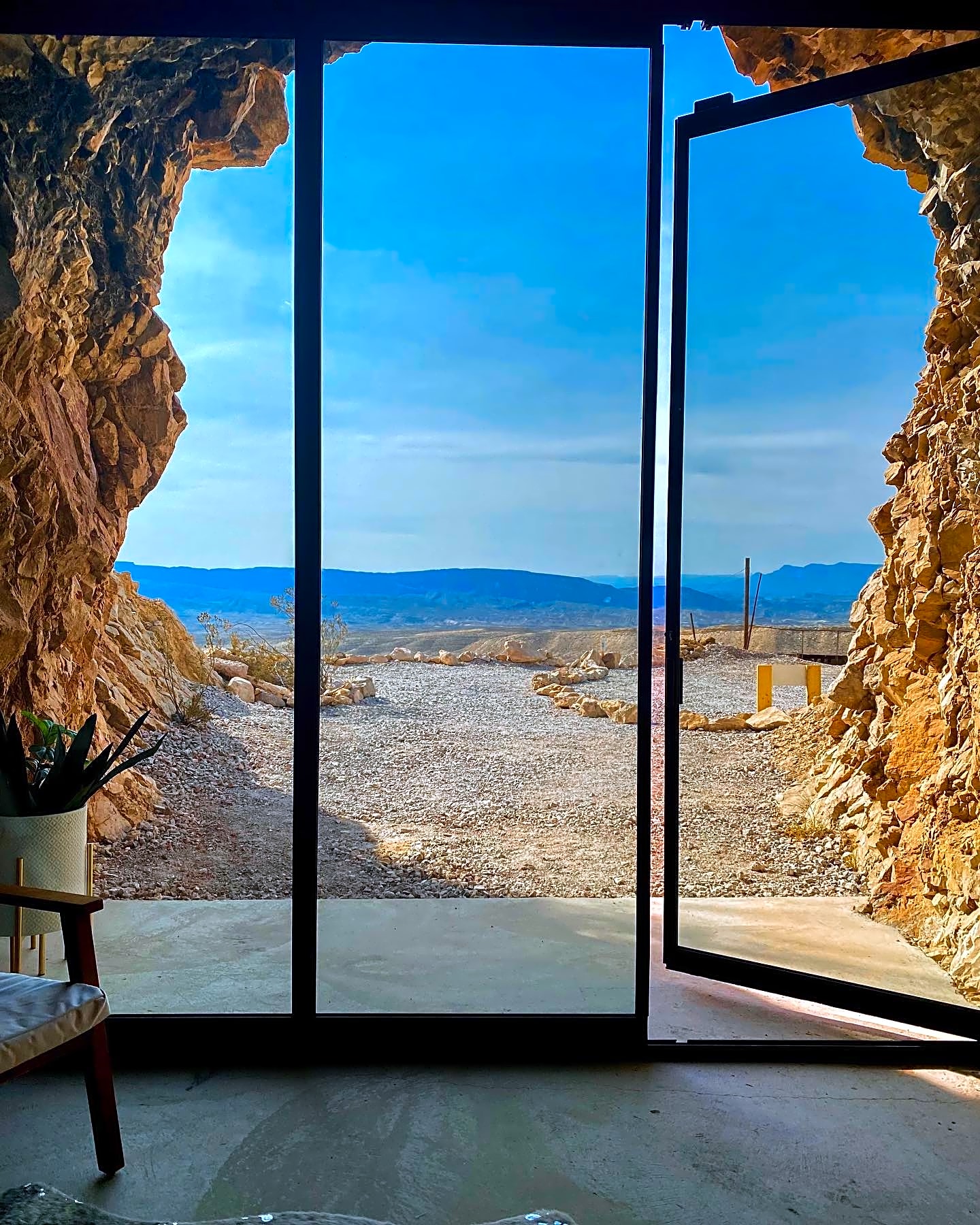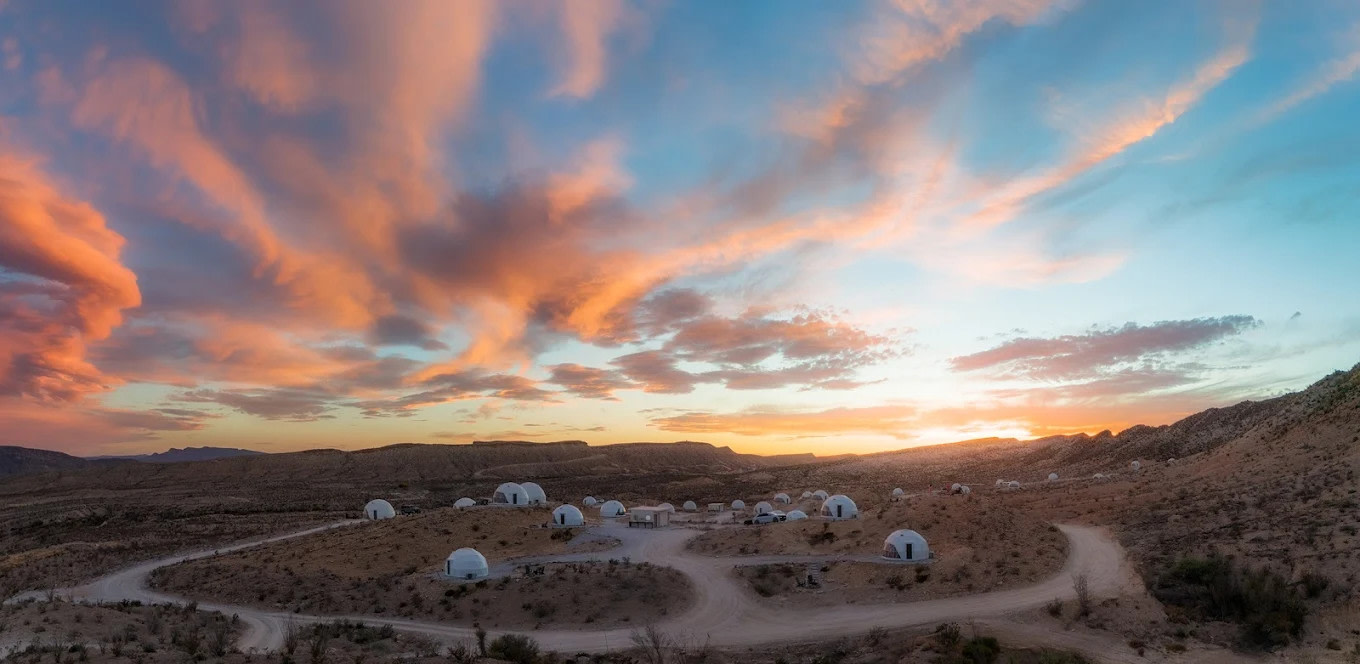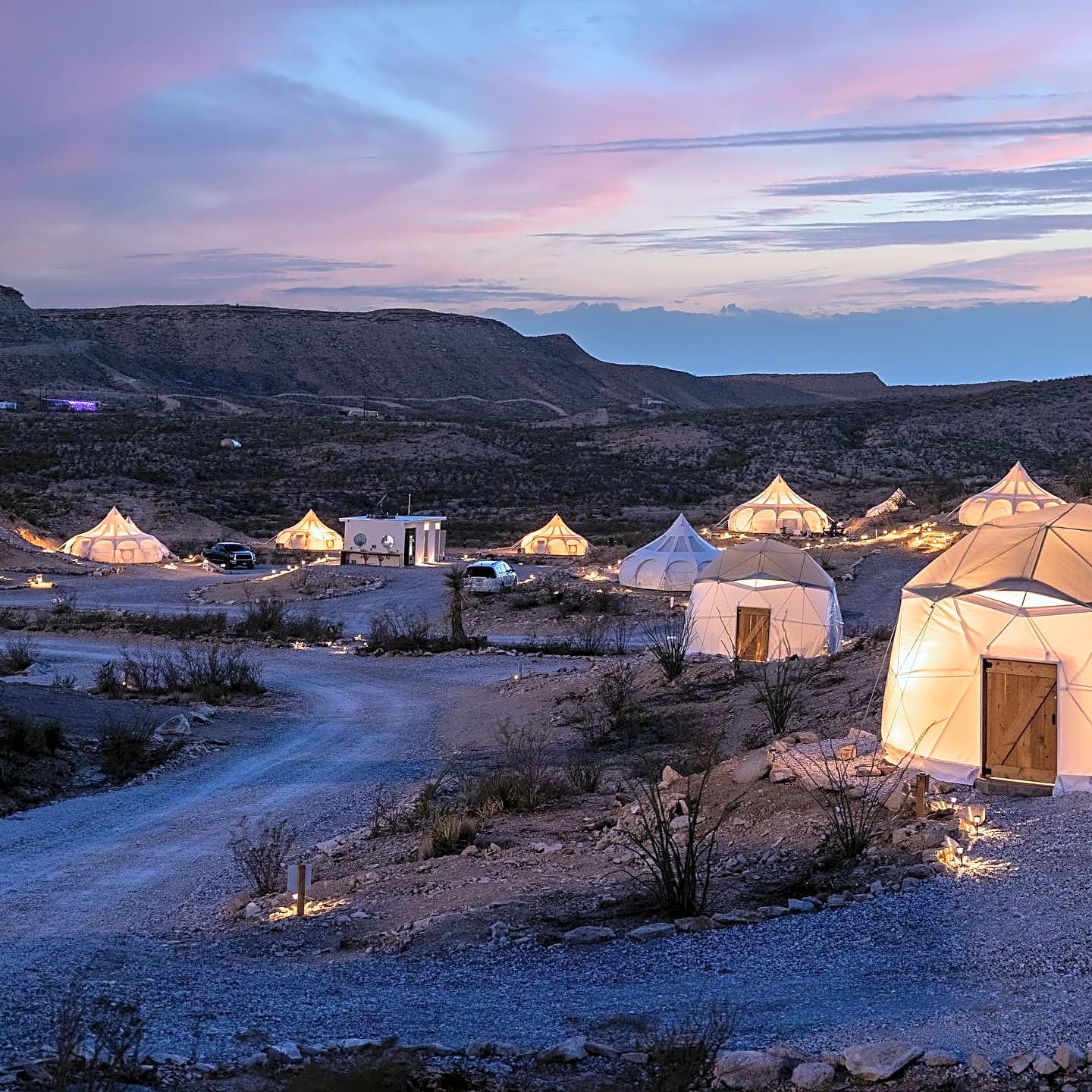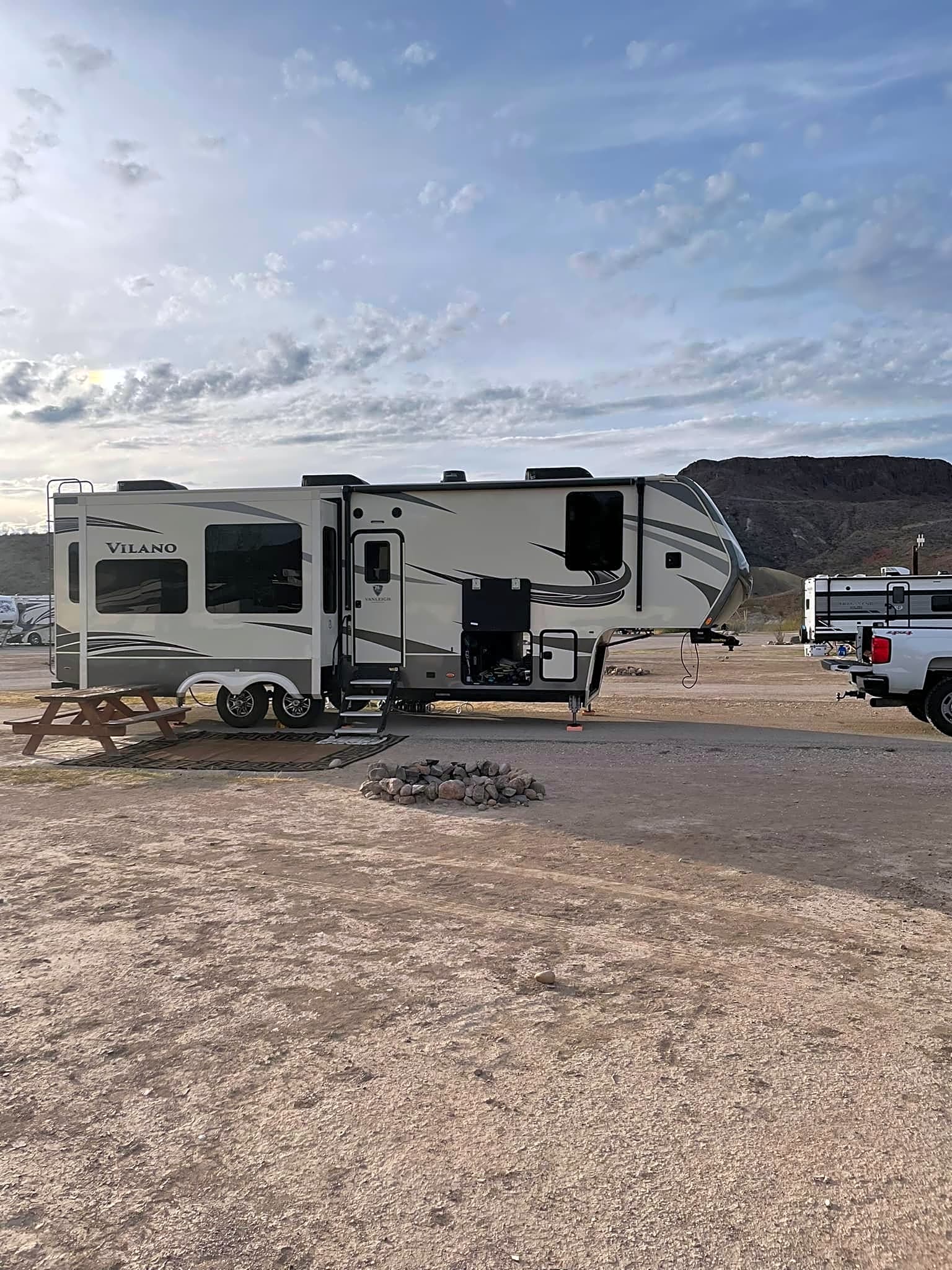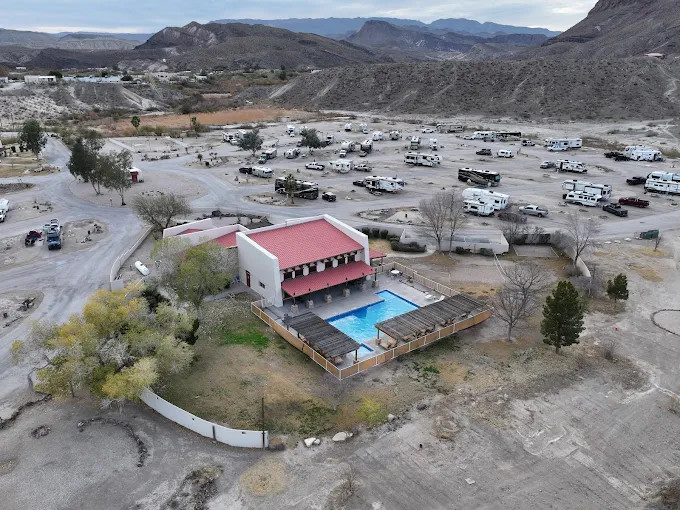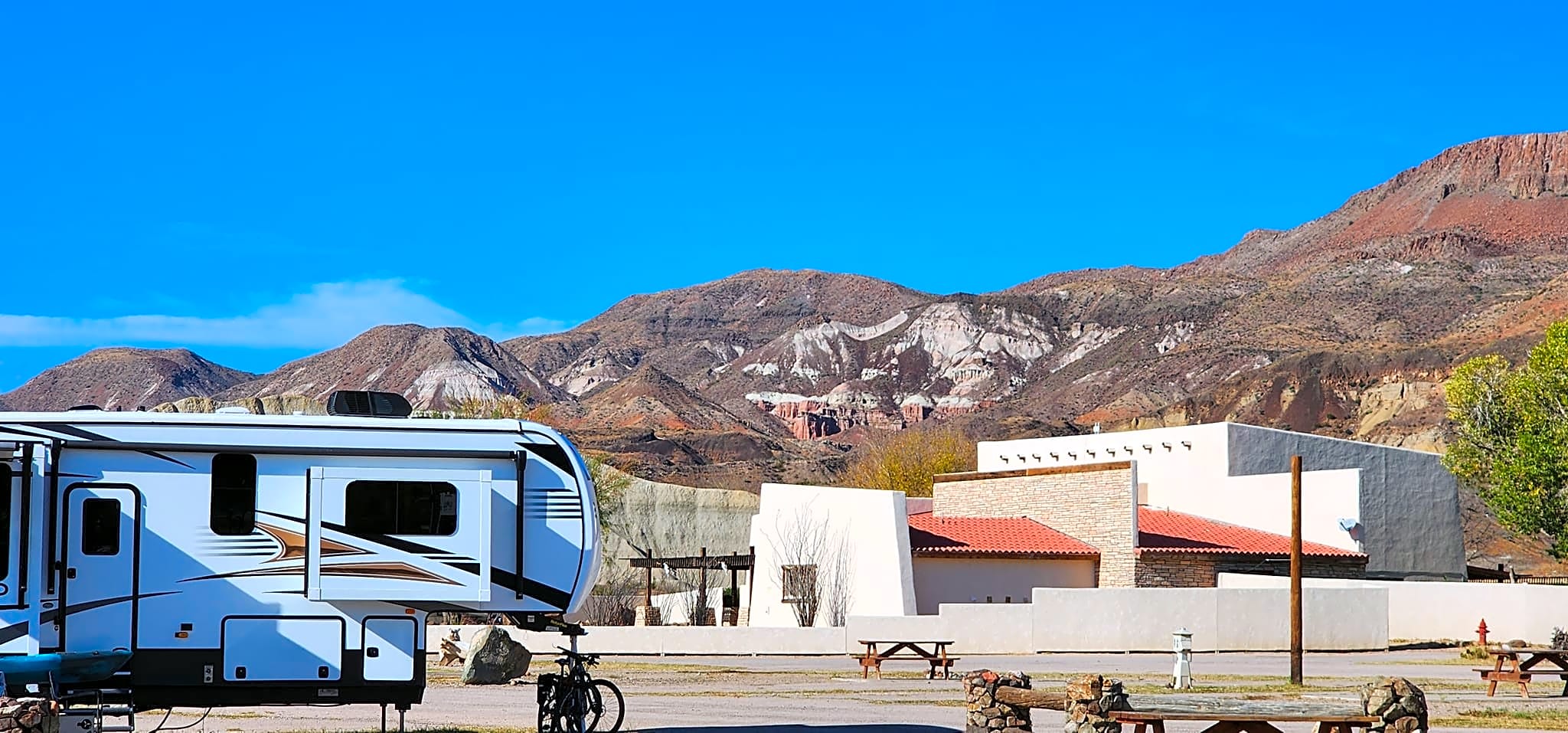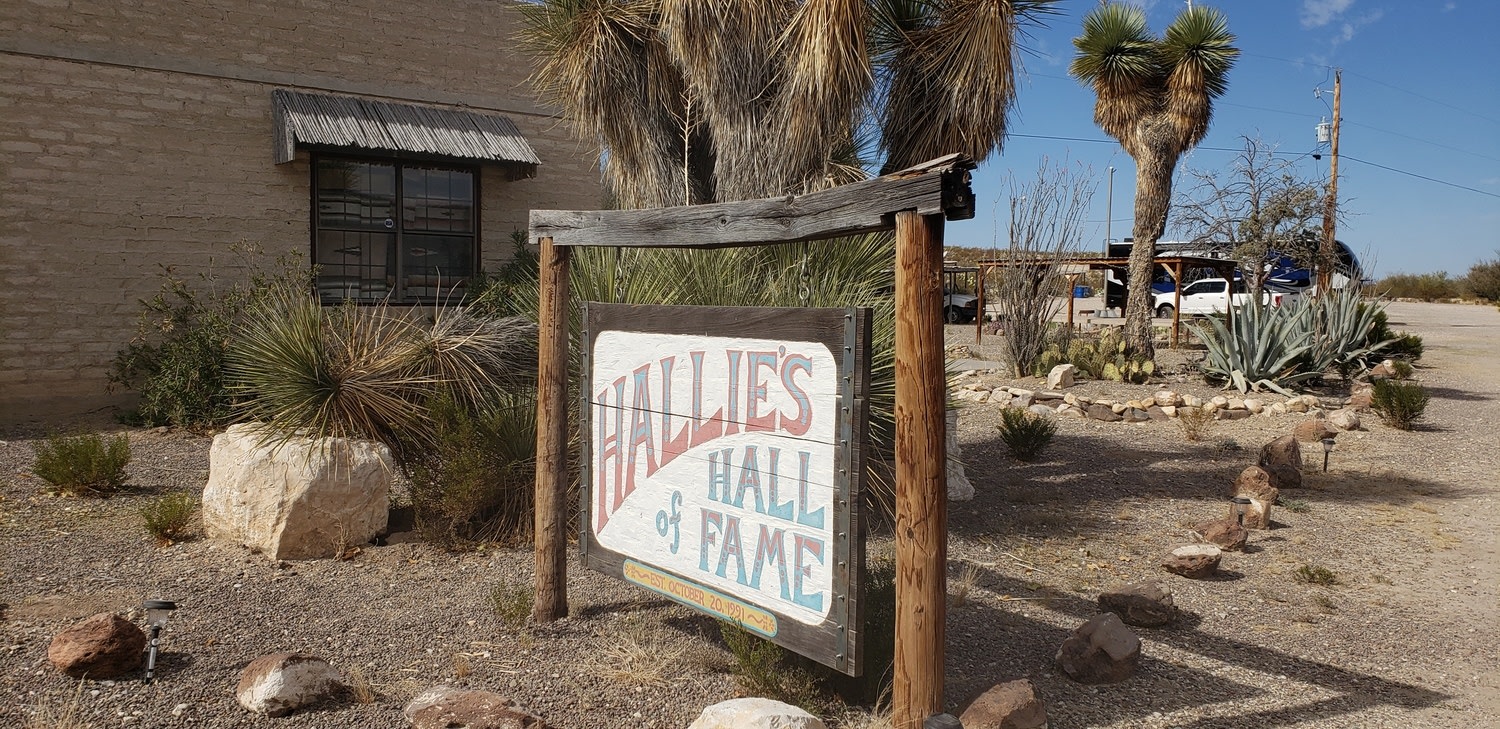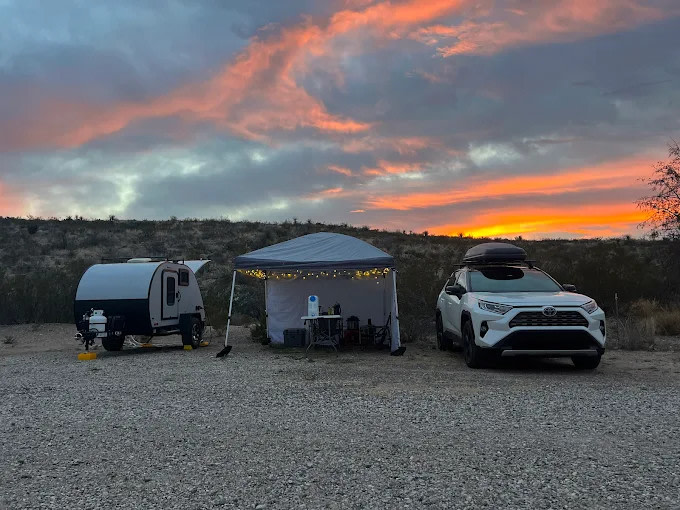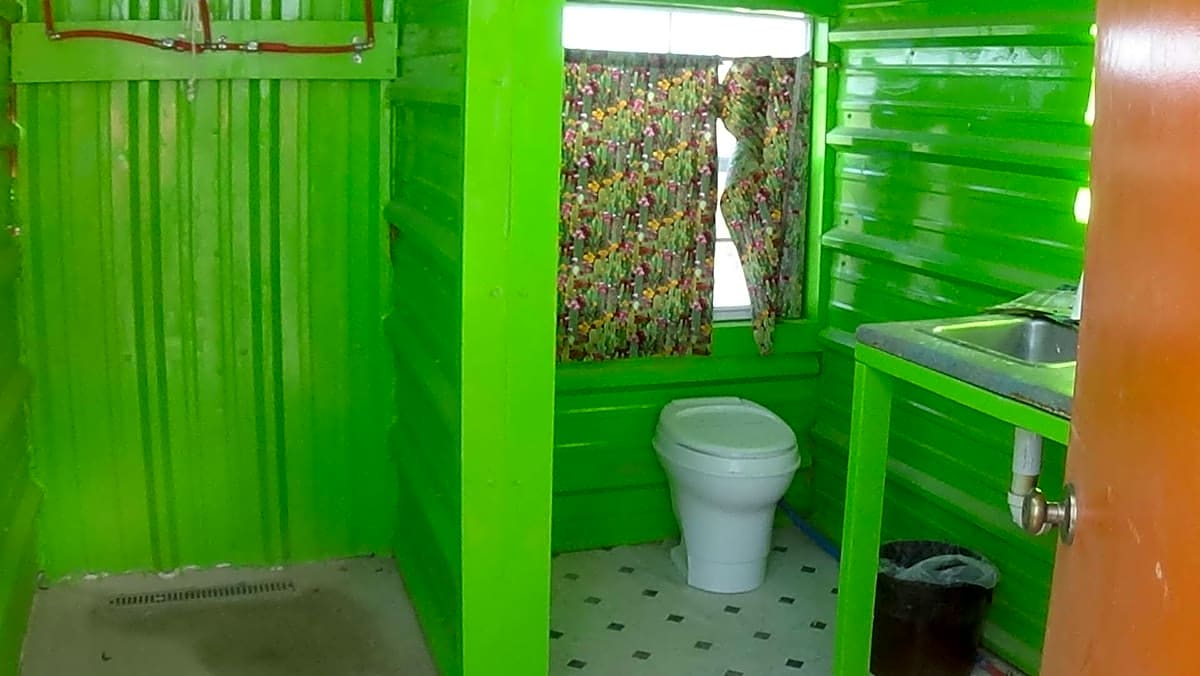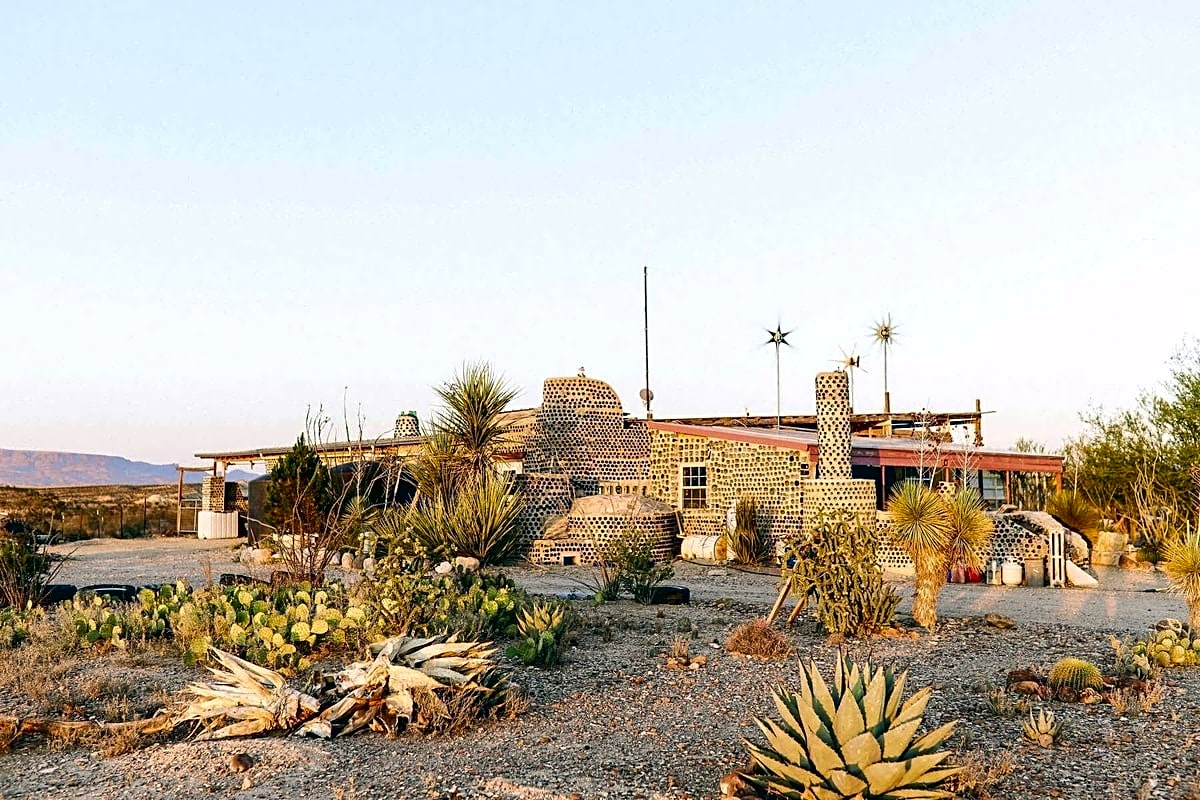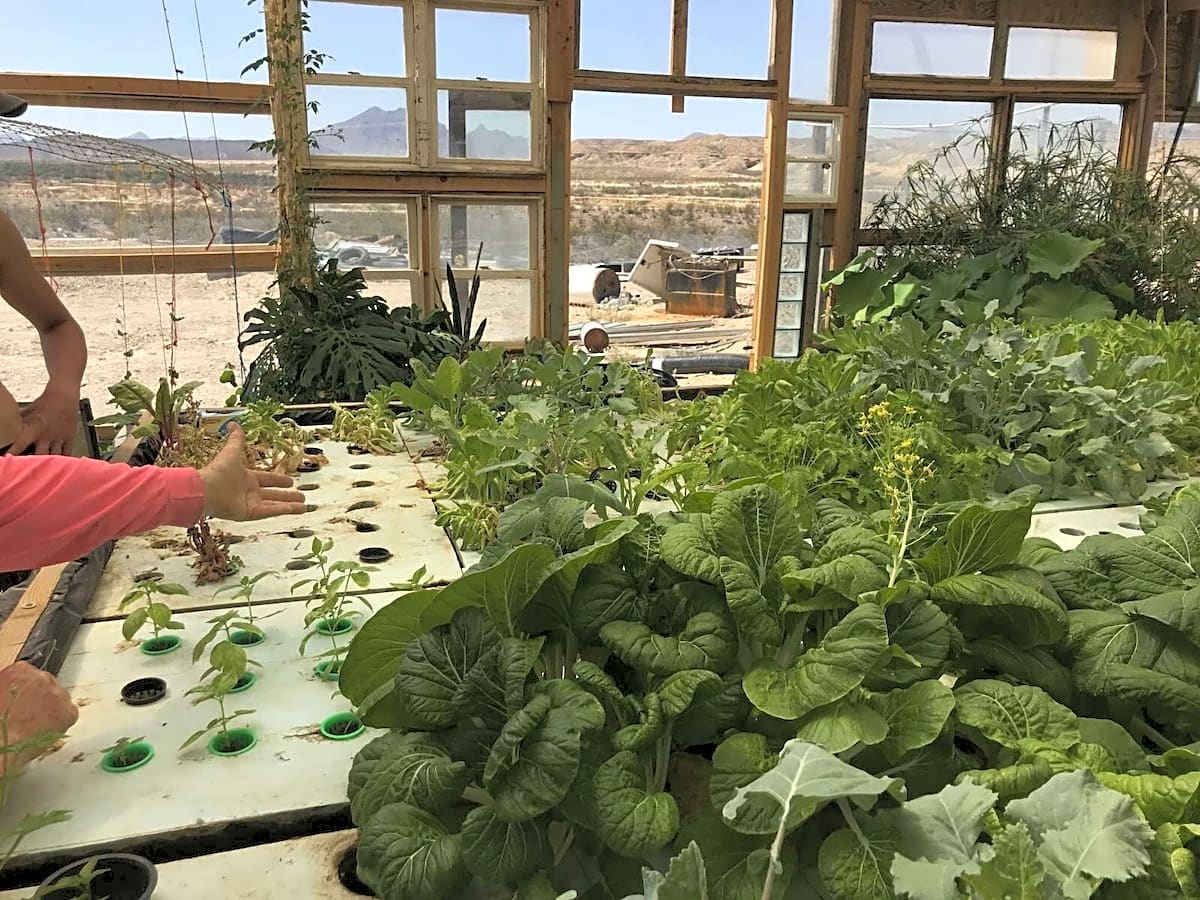- Big Bend National Park
The best camping in Big Bend National Park, TX
The best camping in Big Bend National Park, TX
Discover the most magical spots to pitch your tent or park your rig on your next Big Bend National Park adventure.
Camper favorites near Big Bend National Park
Top-rated campgrounds reviewed by the Hipcamp community.



Stories from the community

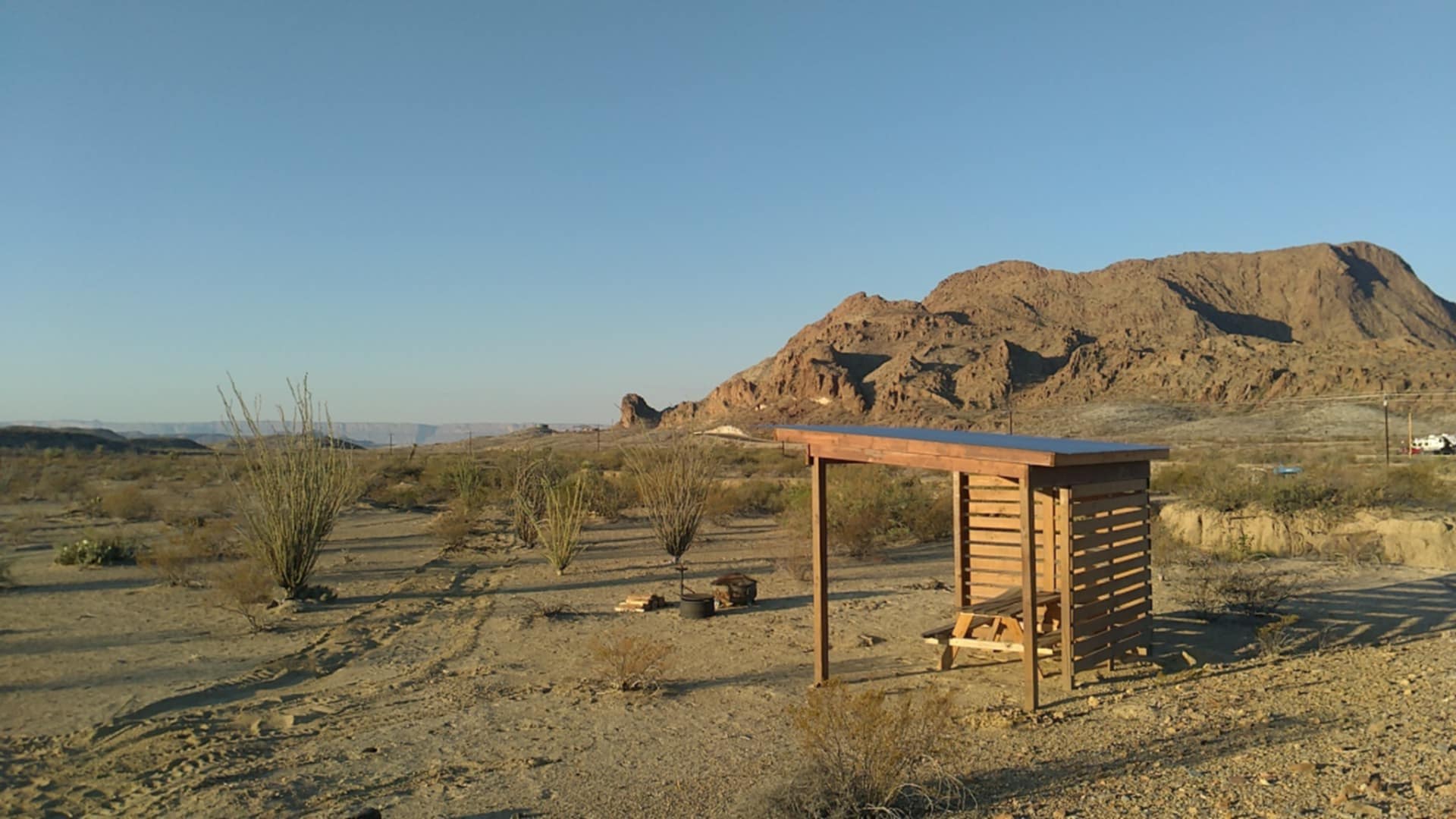




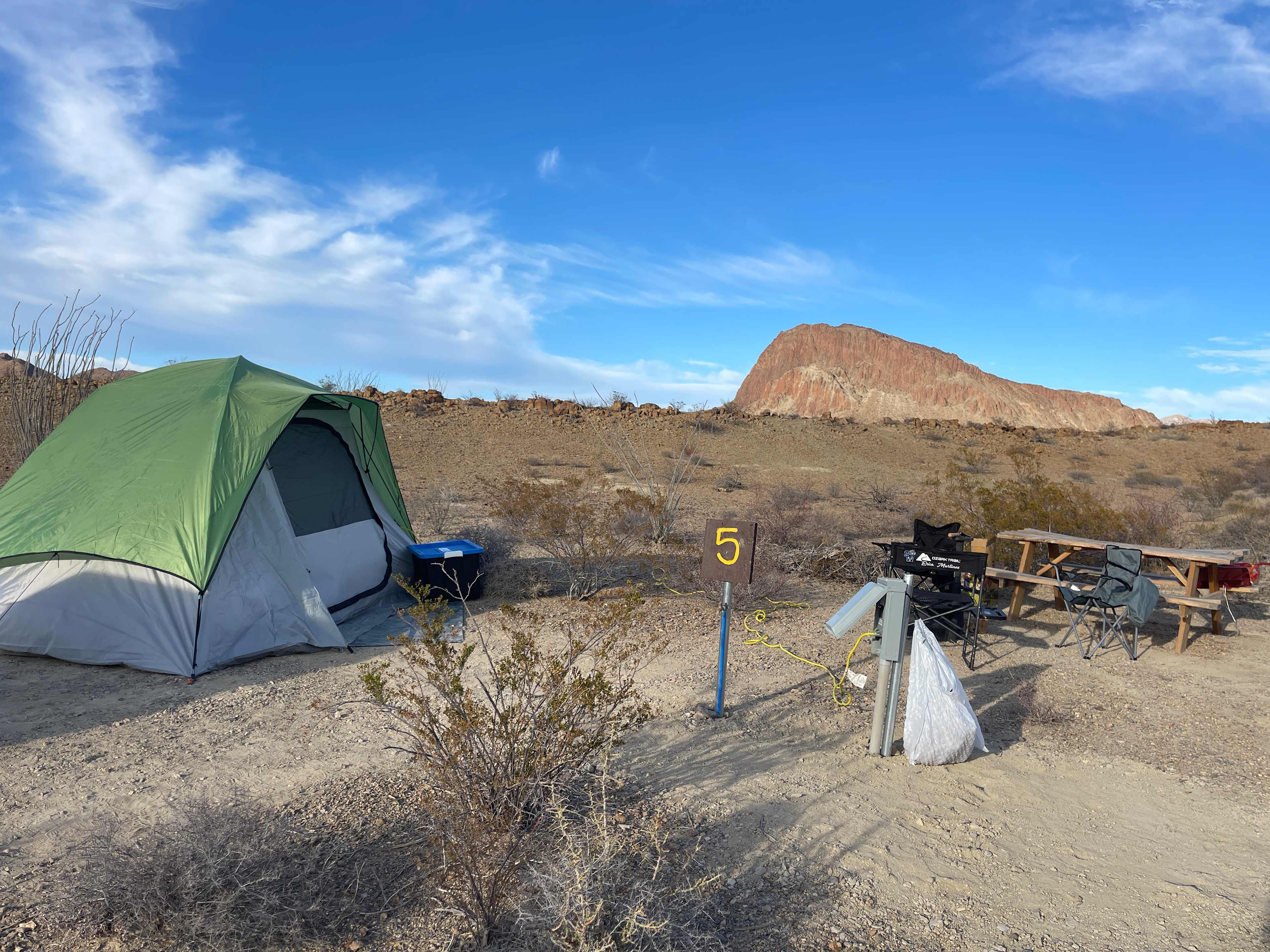
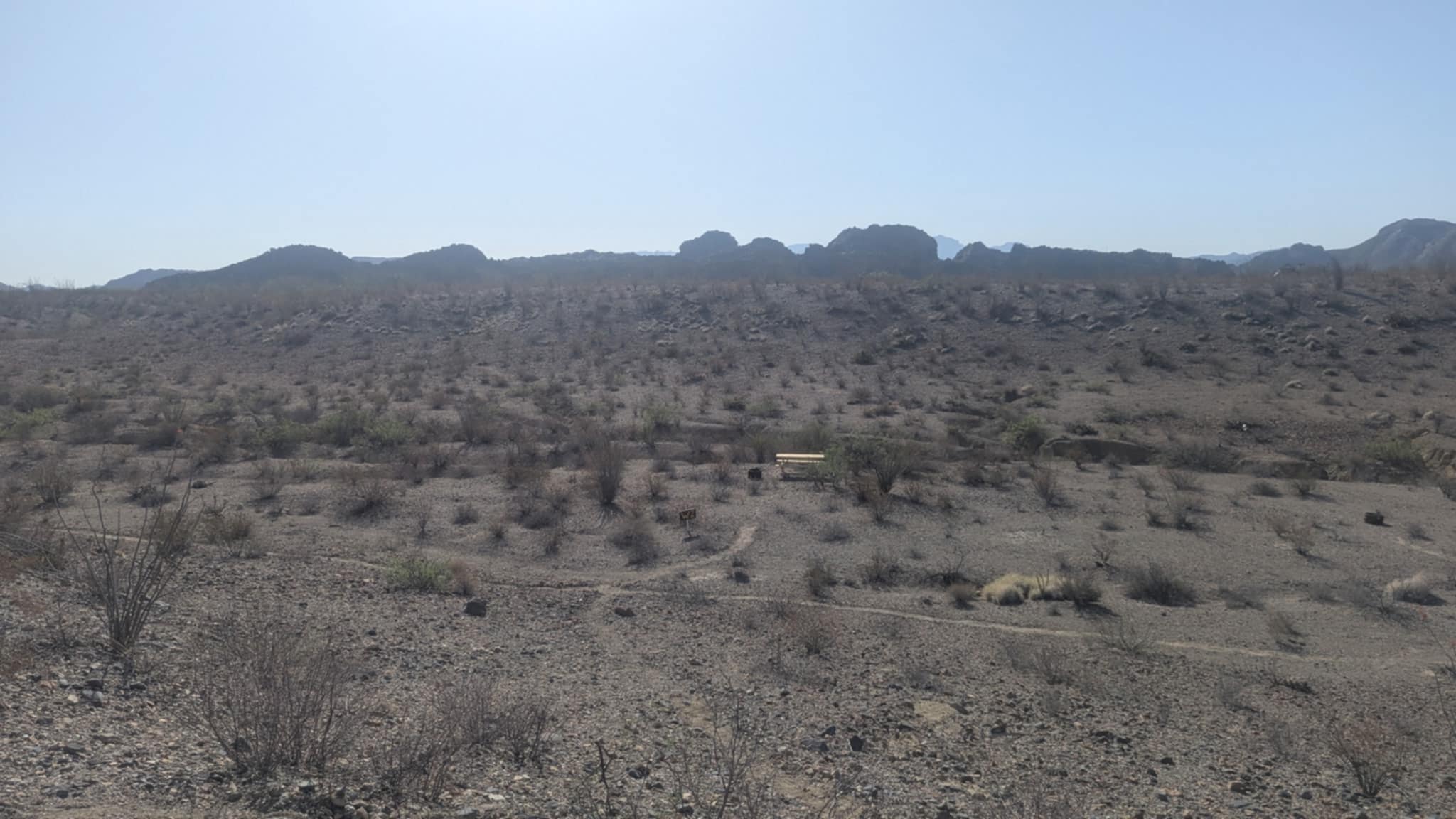
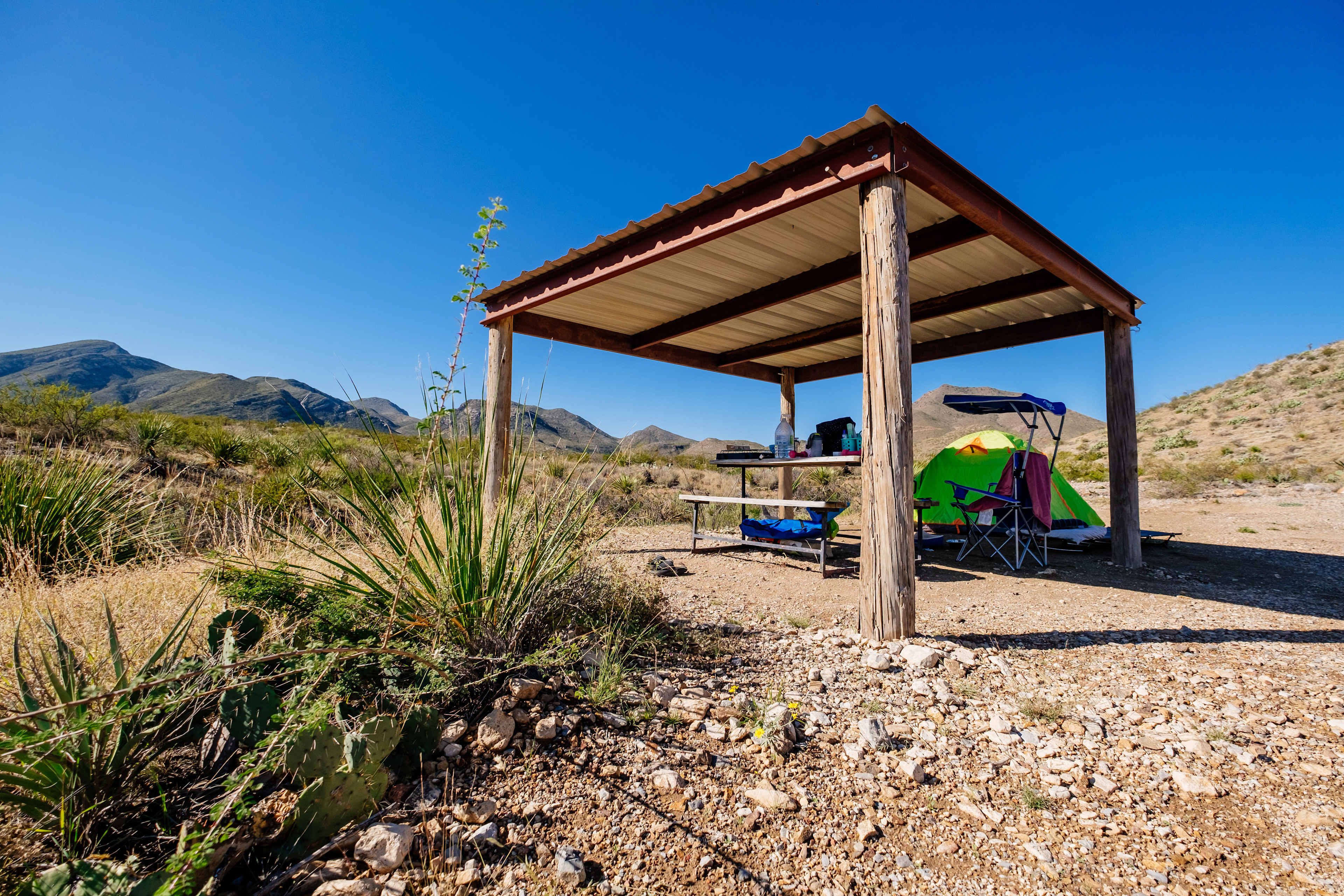


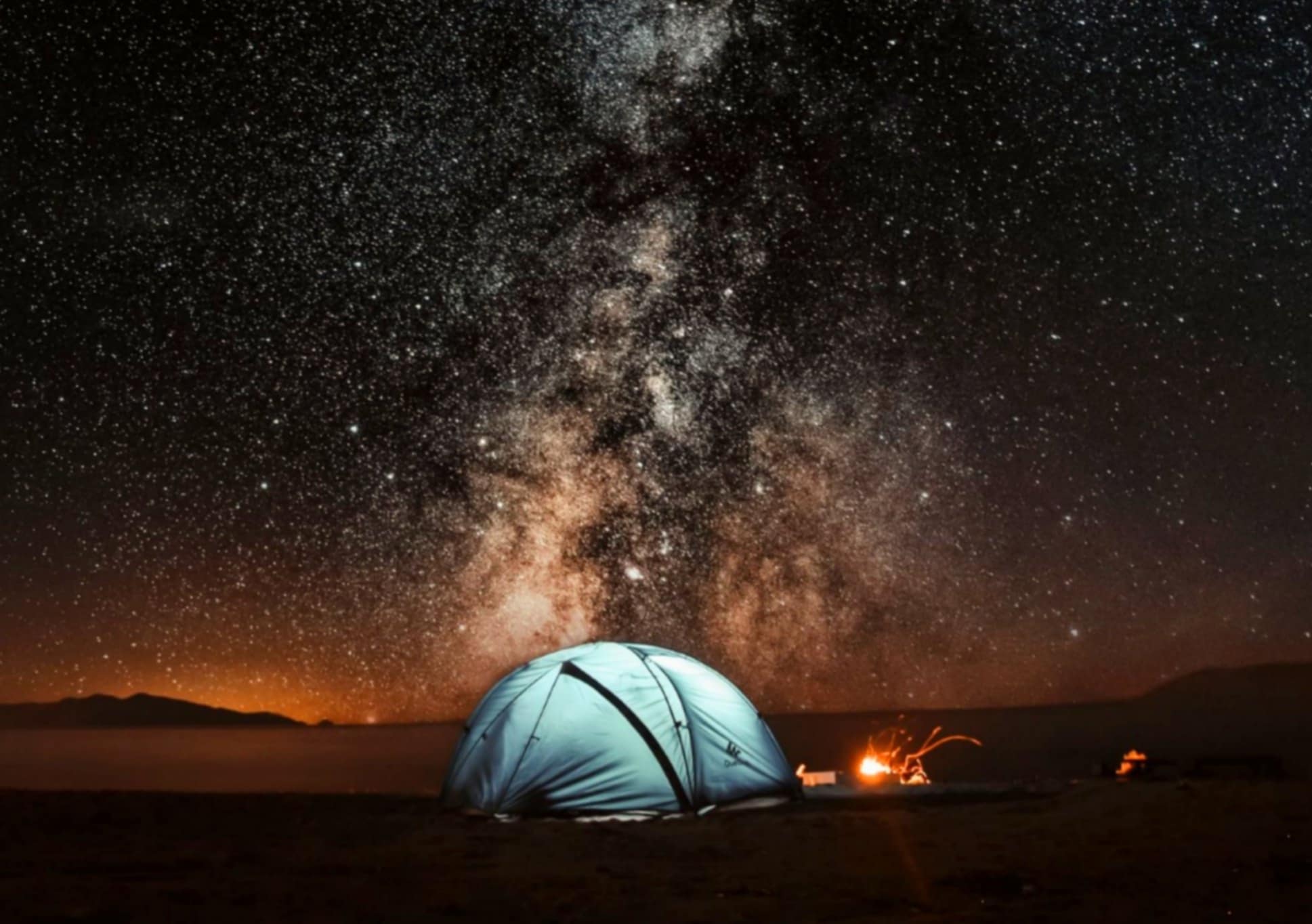








Top-rated campgrounds
Other options near Big Bend National Park
The best camping in Big Bend National Park, TX guide
Overview
About
One of the most geographically diverse parks in the US, Big Bend has a vast landscape that stretches from the Chihuahuan Desert to the Chisos Mountains. Its canyons, carved by the Rio Grande River, separate the United States from Mexico and offer opportunities for rafting, paddling, and fishing. There are also more than 200 miles of dirt roads and trails to explore, from scenic drives to rugged hiking trails along historic villages and hot springs. With so much to see, you’ll want to spend a few days at either a developed campground or a backcountry campsite. Just don’t forget to look up at the incredibly dark skies once the sun goes down.
Notable campgrounds
- Best for hikers: With views of Emory Peak, the Chisos Basin Campground is close to several hiking trails (including the Lost Mine Trail), and offers flush toilets, picnic tables, grills, and a dump station.
- Best for peace and quiet: The seasonal and remote Cottonwood Campground is one of the quietest, offering 25 tent camping sites, a group campground, picnic tables, water, and pit toilets.
- Best for RV camping: The Rio Grande Village RV Park is the only RV campground offering full hookups for campers. It has 25 sites available.
Tips for snagging a campsite
- During spring and holiday weekends, plan to make your reservation as soon as you know your dates. Some campsites are reservable up to six months in advance.
- Consider checking two weeks before your trip, as some campsites can only be reserved two weeks in advance. Otherwise, plan to arrive at the park early to grab any unreserved sites. Check ahead of time if any first-come, first-served sites are available.
- If traveling light or with a high-clearance vehicle, you can try to secure a backcountry or primitive roadside campsite, which can be reserved six months in advance.
When to go
Peak season is from November to April, with the park busiest in March, April, and summer holidays. Summer temperatures can be dangerously hot, reaching over 100°F. Avoid hiking during summer afternoons. The visitor centers at Rio Grande Village, Persimmon Gap, and the Castolon Historic District are closed in summer. Visit in late winter or early spring (discover top spring break camping destinations, including Big Bend!) to see the Big Bend bluebonnets in bloom.
Know before you go
- The park is massive. Be sure to have plenty of gas, water, food, and supplies, although the park offers several camp stores and one gas station near Panther Junction.
- Permits are required for backcountry camping, fishing, and river trips. Some backcountry permits (including backpacking sites) are only available from Panther Junction.
- Wood and ground fires are not permitted. A charcoal or propane grill can be used for cooking. Many campsites do not permit generator use, or have limited hours.
- Pets are allowed but not inside buildings or on trails.
- Visitor centers, some campsites at Rio Grande Village and Chisos Basin, and several trails (the Founder’s Walk, Panther Path, Window View Trail, and Rio Grande Village Nature Boardwalk) are wheelchair-accessible.
- Swimming is not recommended in the Rio Grande due to swift currents and pollution. Don’t drink from the Rio Grande either, even if you filter the water.

